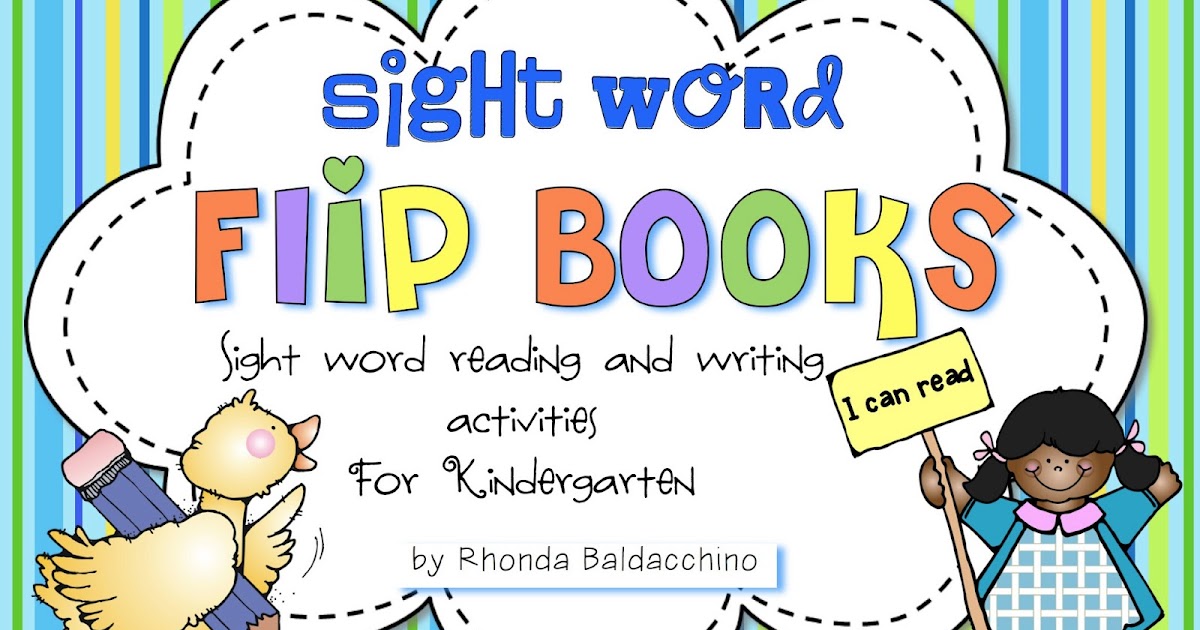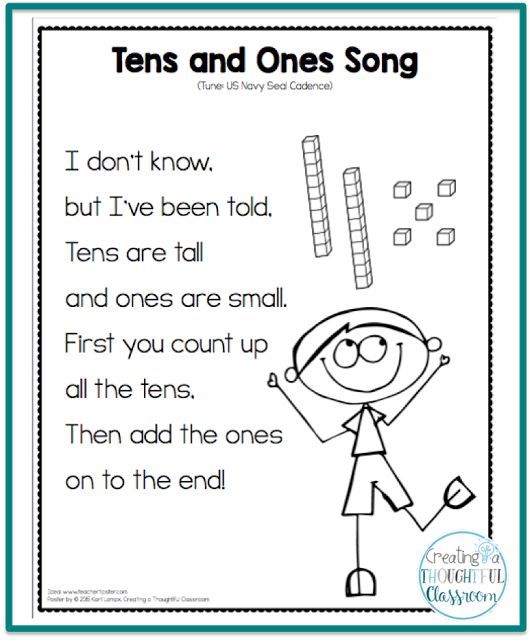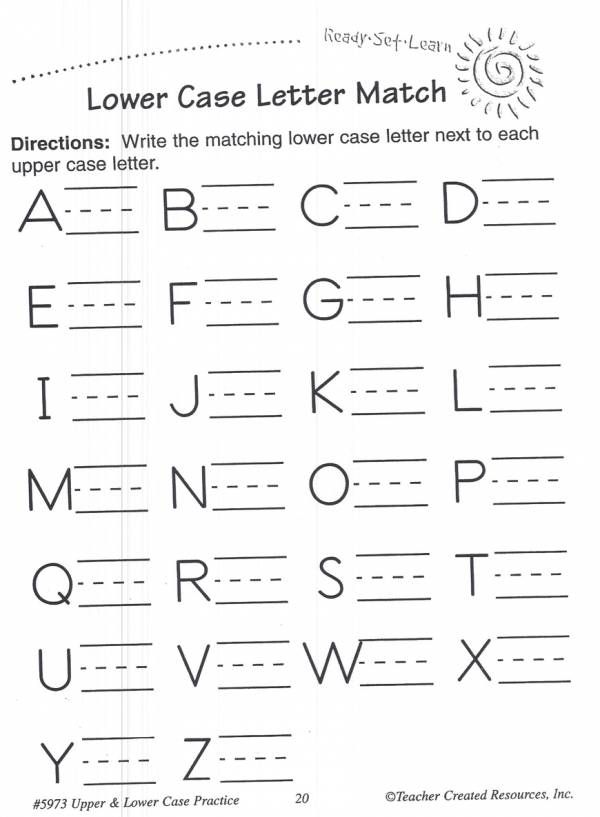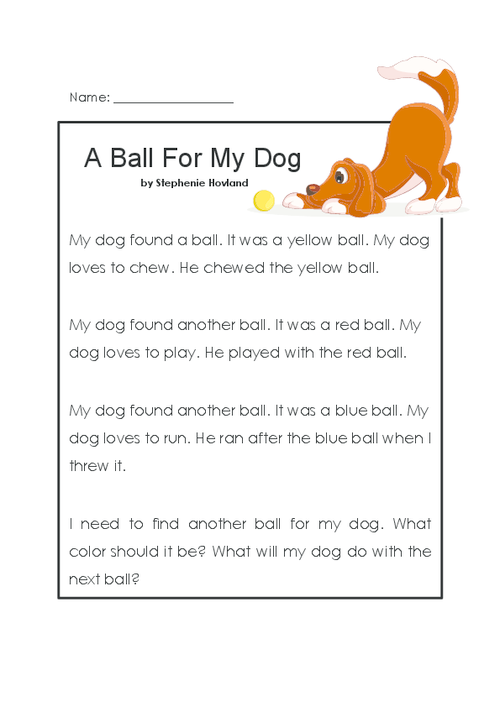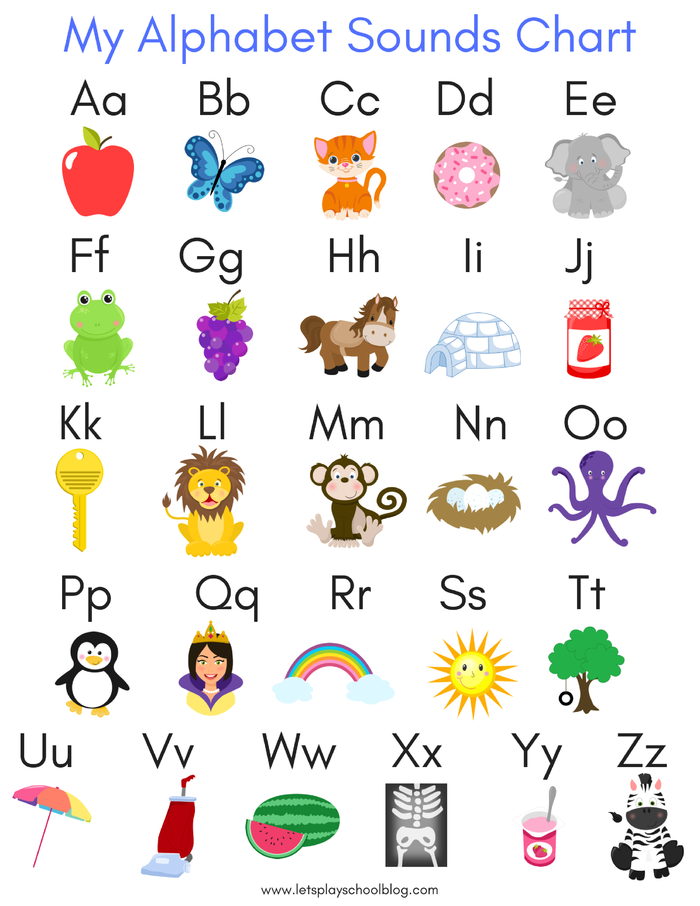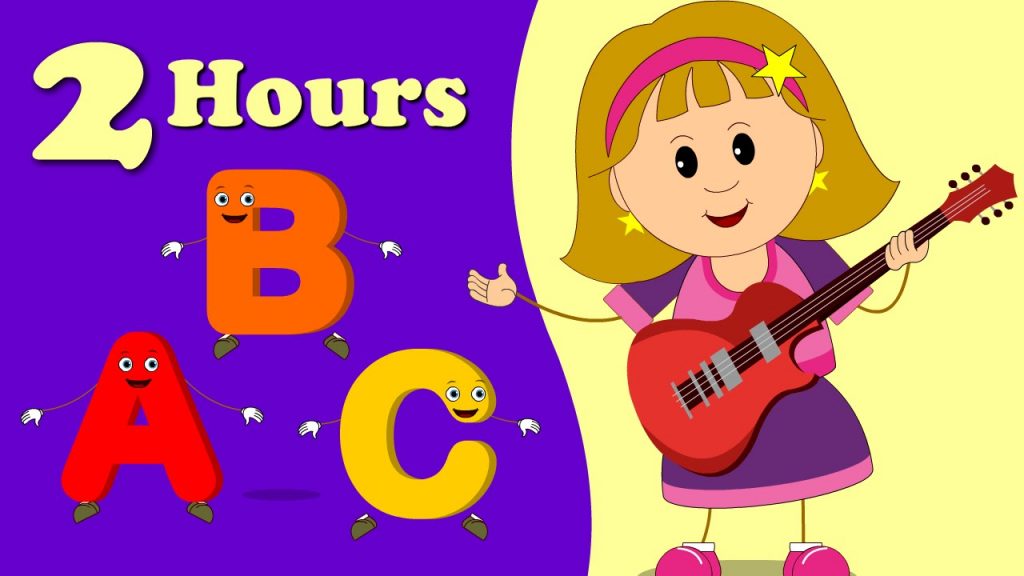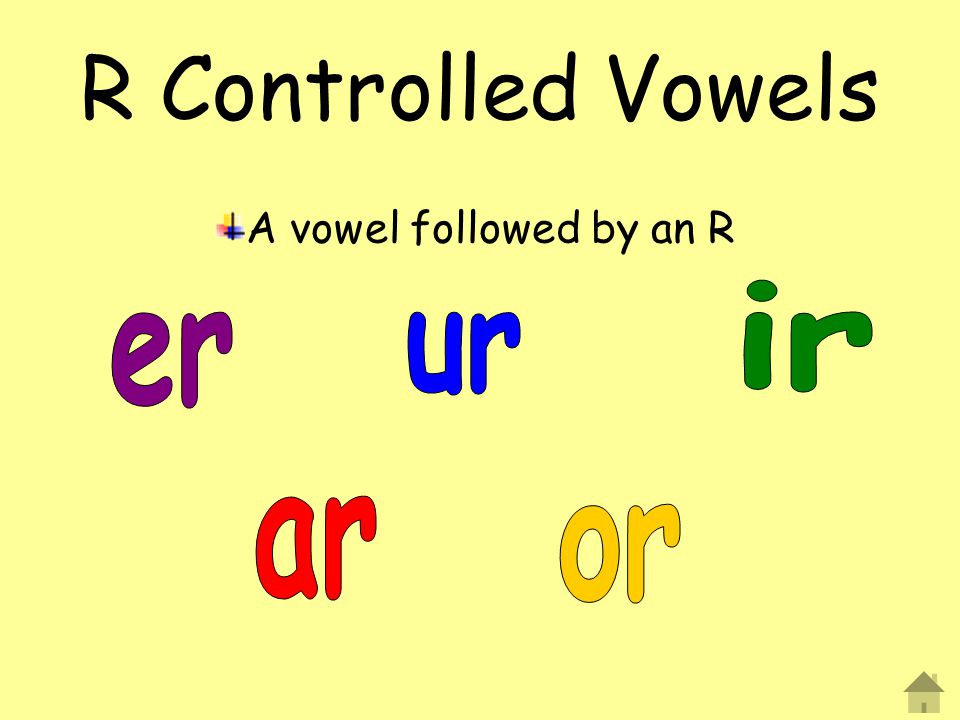I love learning my sight words
How To Use Sight Words To Foster A Love Of Reading
As a parent, you may have heard the term “sight words” but might not really know what it means. We read sight words every day without thinking about it. They are words like “the,” “he,” and “where,” for example, that are very common but not easy to sound out.
Learning sight words can boost your child’s reading skills and confidence. When you give your little one the resources they need to recognize sight words, they’ll be on the path to mastering — and enjoying — their reading journey!
In this article, we’ll talk about what sight words are and share some fun ways to use them to help kids learn to read.
Table of Contents
- What Are Sight Words?
- When Should Kids Learn Sight Words?
- Age-Appropriate Sight Words
- Fun And Easy Tips For Using Sight Words
- What To Do If Your Child Is Struggling
- Sight Words And Reading
- A Lifetime Of Reading
What Are Sight Words?
As we mentioned, sight words aren’t easy to sound out or decode, so we memorize them (or, in other words, recognize them by sight).
Once your child learns sight words, they won’t need to spend a lot of time trying to decipher these high-frequency words. This helps them improve their reading fluency and makes reading more fun.
After all, being able to quickly recognize sight words is one of the first steps to a lifetime of reading adventures!
Here are some examples of the simplest and most essential sight words:
- The
- Was
- Are
- Of
- To
- On
- Have
- What
- Said
As kids develop their reading skills, the list of words they recognize by sight will grow well beyond the one above. But giving them these words to start with can help boost their confidence and encourage them to learn more.
When Should Kids Learn Sight Words?
Most children — not all! — begin to master a few sight words (like is, it, my, me, and no) by the time they’re in Pre-K at four years old. Then, during kindergarten, children are introduced to anywhere from 20 to 50 sight words, adding to that number each year.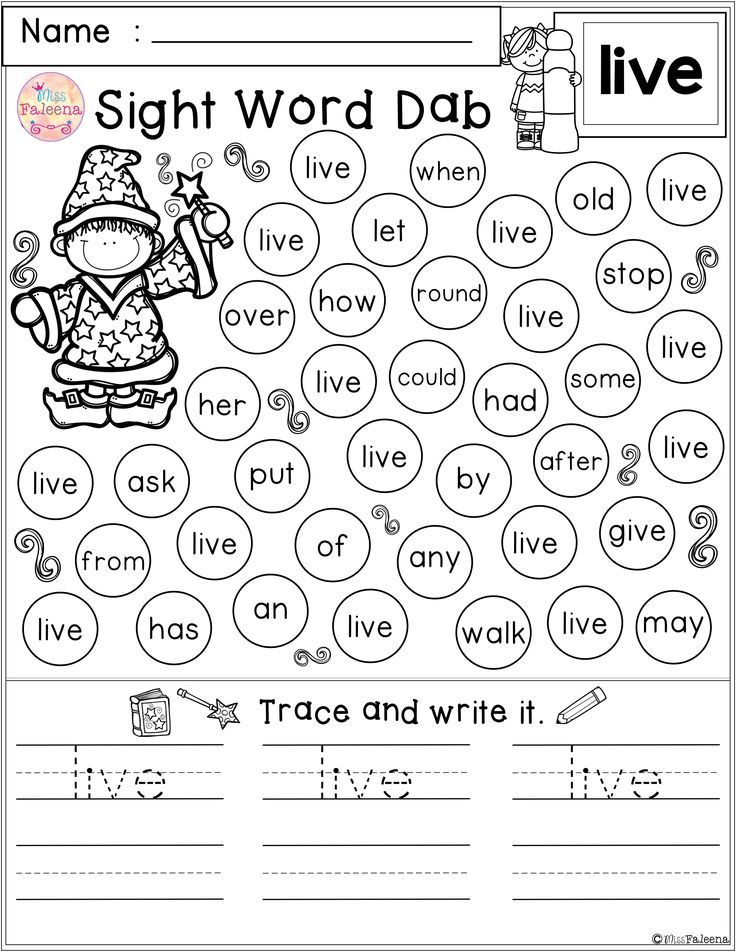
However, it’s important to mention that while some kids are ready for sight words before they turn four, others may not be ready until they’re five or older.
How can you tell if your child is ready to start memorizing sight words? Here are a few easy signs to watch for in your little one. They:
- Show an interest in books
- Recognize some or all letters
- Can hear the sounds in words (such as knowing when words rhyme)
- Express an eagerness to learn how to read
If your child isn’t quite there yet, that’s OK! Give the process — and your little one — time and grace. And remember that every child learns in their own way and in their own timing!
If you get started but your child seems a bit discouraged, consider trying some simple, yet fun, approaches to introducing sight words. Sight words hopscotch, memory games, and other similar activities are great ways to engage different learning styles.
Finally, if your little one still seems to be struggling, that’s OK, too! Their teacher can be a great resource offering ideas for tackling these special words.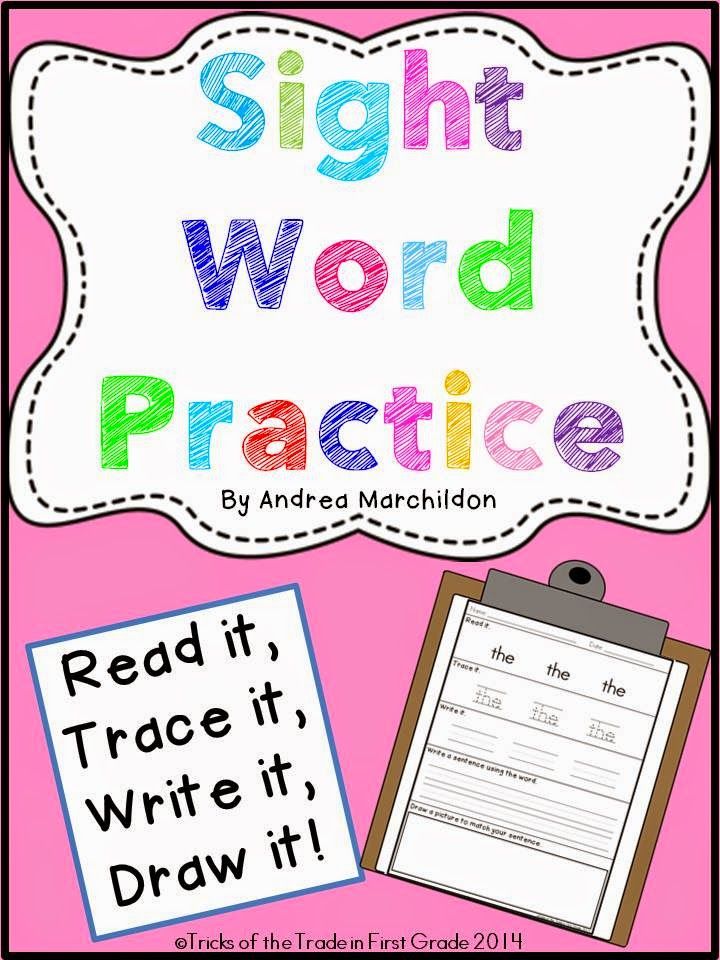
Age-Appropriate Sight Words
Some sight words are more difficult than others, meaning different levels of sight words are appropriate for different ages.
To help you easily keep them straight, there are two common lists that break down which words are best to introduce at which age: The Dolch Word List (also called The Dolch 220) and The Fry Word List.
We recommend starting with The Dolch 220. Made up of the most commonly used words in the English language, this list is ideal for helping your four to eight-year-old develop a love for reading!
The Dolch Sight Words List
Edward William Dolch was a professor who wrote several children’s books with his wife. In the 1930s, he researched and discovered the 220 words that were most frequently used in the English language.
These words were given the title “Sight Words” and the list was born. Later, he compiled a list of the 95 most common nouns in English, bringing the number of sight words in his lists to 315.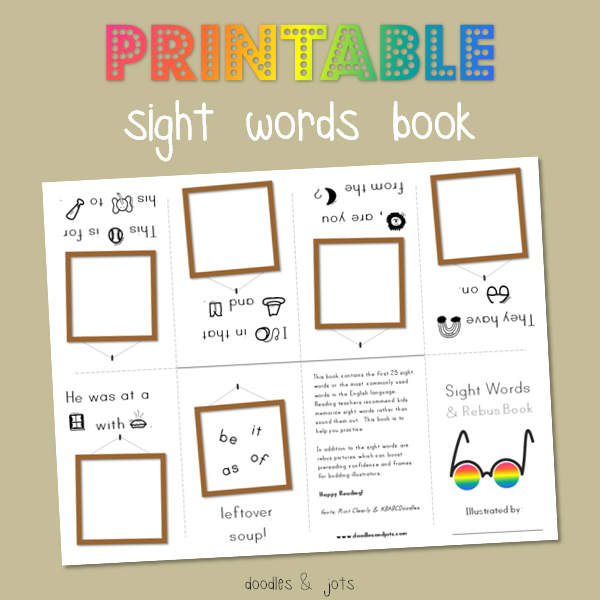
To make it easy to choose which words to introduce based on a child’s age, the Dolch high-frequency word list is broken up into five groups: Pre-K (Pre-Primer), Kindergarten (Primer), First Grade, Second Grade, and Third Grade.
You can choose which group to start introducing to your child based on their grade level, or you can work with whichever one you feel they’re ready for. There are different ways to begin your child’s reading adventure!
For example, if your child is a kindergartener, according to the Dolch list, they might be ready to start learning some of these words:
- All
- Ride
- Saw
- There
- Four
- He
- Our
The Dolch Sight Words are often used in schools, so your child’s teacher will most likely provide a list of sight words to help you get started.
But if your child isn’t yet in school or you’re unsure where to start, our Learning Quiz is a great way to help identify your child’s reading stage! From there, investigate our games and practice menus in the HOMER Learn & Grow app for sight word games and activities for your child.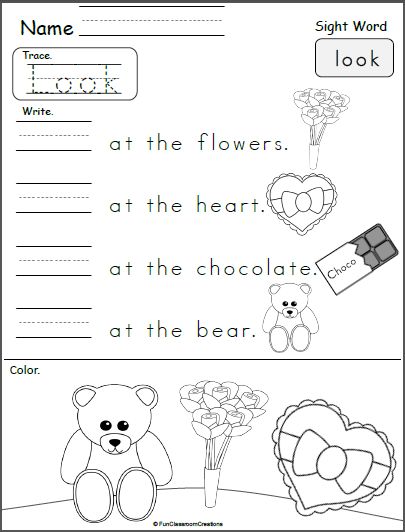
Fun And Easy Tips For Using Sight Words
Now that you know what sight words are and why they’re important, let’s dive into some specific tips to help you teach your child to read these words.
1) Ease Into The Adventure
Our first tip is to start slow. When introducing sight words, begin with three to five words and build from there. If your child seems a bit overwhelmed, you can always take it at their pace and reduce the number of words.
The goal is to help them learn a handful of sight words at a time. Start with a few words and, once your child can recognize these words on sight, try adding more!
For example, if they have a list of five words and have mastered three of them, try including three new ones so they’re still working on no more than five at a time.
2) Involve The Senses
Next, get as many of their senses involved as you can!
Giving your child the opportunity for fun, hands-on learning helps them connect their brain and body, which can reinforce what the word sounds and looks like.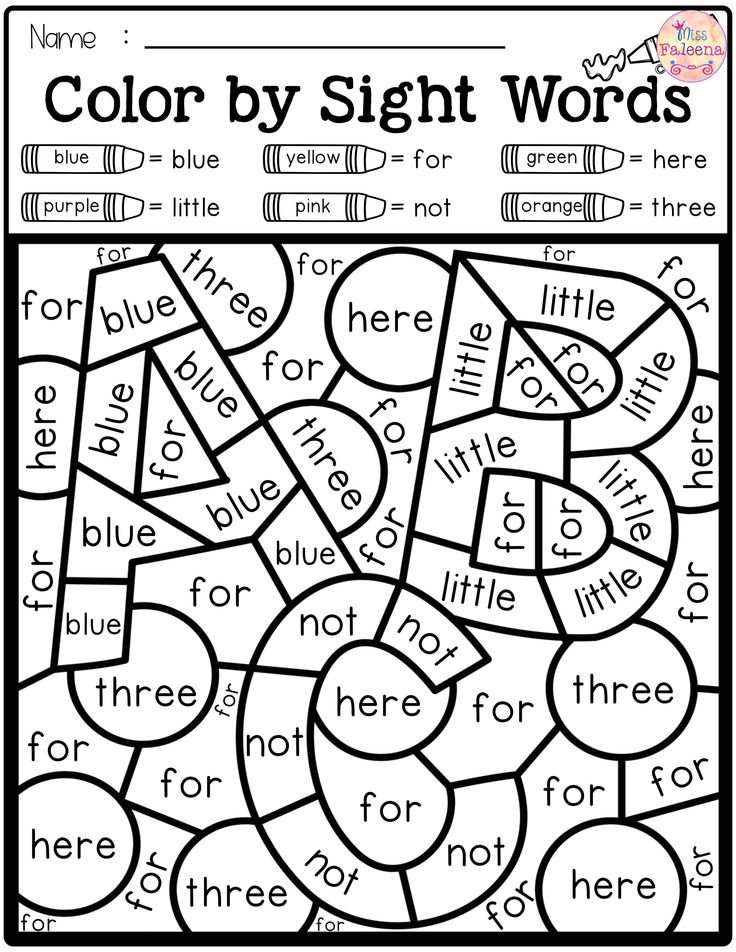
When you introduce a word, write it on a bright note card and put it in a place where they can see it throughout the day so that when you pass by the word with your child, you can point it out to them.
Say the word often in your everyday conversations so they can hear it out loud, and have them write the word in sand or flour using their fingers so they can touch it.
You can also use shaving cream to make involving their sense of touch even more fun! To try this activity, simply spread some shaving cream thinly over a cookie tray and let your child write the word in it.
By letting your child interact with each word in various ways, you’ll help cement it into their brain. So break out the playdough and challenge them to build each letter and put them in order. Or pour some salt into a baking pan so they can write in it.
Have your child try to spell the word aloud while hopping on one foot. Then, see if they can spell it with their eyes closed.
Change things up and keep the activities light and fun to help your child master the words!
3) Try Silly Spelling
Humor can help kids remember things in a different way.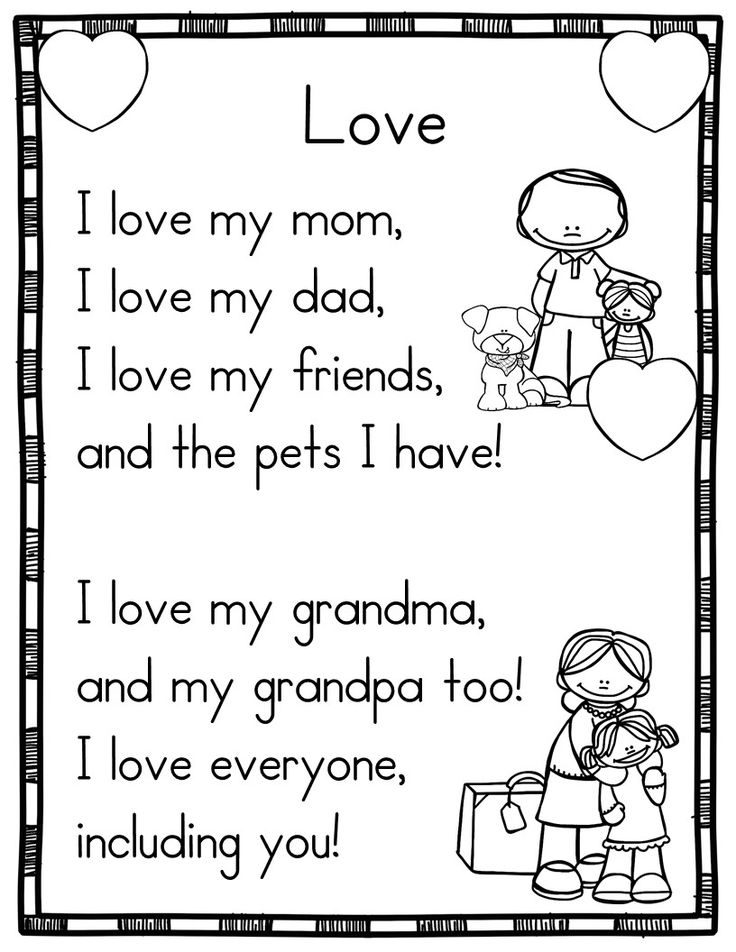 So don’t be afraid to get your child giggling as you practice.
So don’t be afraid to get your child giggling as you practice.
For this activity, say each word once, spell it, and then say it again. Then, have your child repeat what you just said back to you while looking at the word.
To make sure your child is connecting the sound of the word with the written word, give them a notecard to look at while the two of you spell and repeat the word.
To amp up the fun, get creative with it and use silly voices each time, encouraging your child to copy you. They will love having some fun, and you’ll love helping them learn sight words while going about your busy day!
4) Play A Word-Find Game
Finally, another great way to help your child become familiar with their sight words is by making a game of finding the words in a book.
To do this activity, choose one word to write on a card and let your child study it a bit. Once they’ve looked at it a while, challenge them to find it in a book. You may even have them find the same word five times in one book to see how useful sight words are.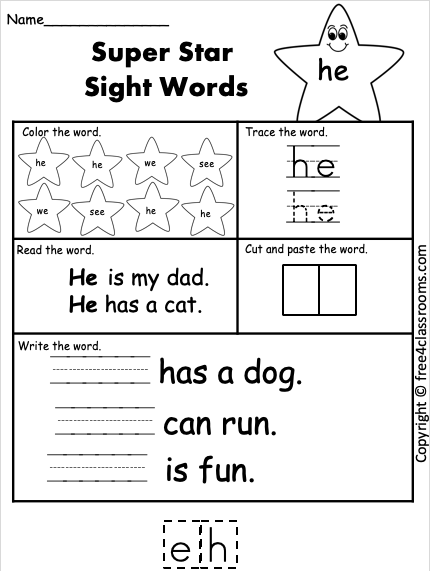
This is an easy, fun, and effective way to help your child with sight words while going about your day because you can send them on a word hunt while you’re checking things off your to-do list!
Another way to incorporate this new word-finding skill into your day is to pause while you’re reading aloud whenever you come across a sight word that your child knows. Then, have them look at the word and read what it says.
This process helps them see what the word looks like in context. It also encourages young readers to listen and follow the story, which is an essential literacy skill.
Tip: Avoid doing this too often or it may turn what should be a fun read-aloud time into a chore for your child.
5) Sight Word Slap
Sight word games reinforce words. They encourage your child to practice what they’ve been learning in a way that doesn’t feel like work.
Here’s another fun game you can play. You’ll need a fly swatter, a marker, and a stack of index cards.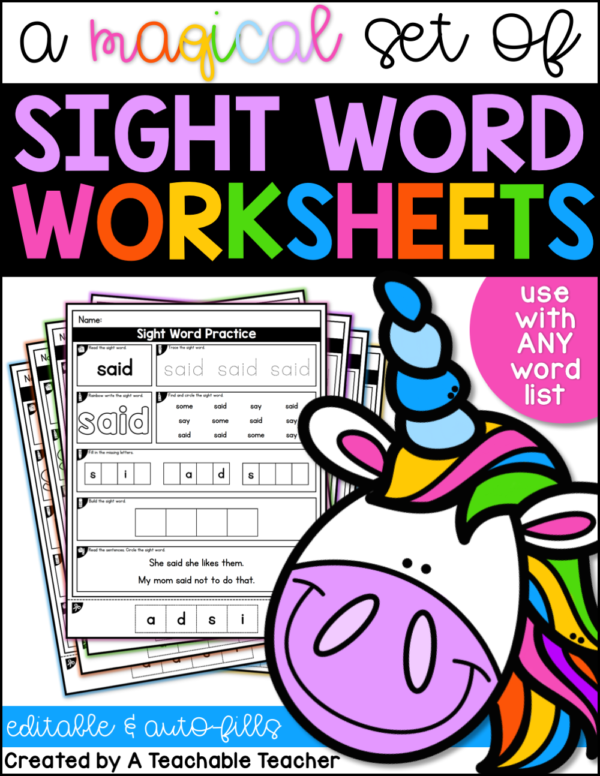
Before you play, write a single sight word on each card. Make sure to pick the ones your child is currently working on or has already mastered. This slapping game can be a fun way to review words your child already knows.
Spread the sight word cards out around the room, word side up. Then, call out one of the words. Have your child look for the card with that word on it. Once they find it, they hit it with the flyswatter, bring you the card, and read the word aloud.
If they misread a word, put it back out into the room and try it again later in the game. If they get it right, put the card in a stack.
Repeat this process until your child has successfully read all of the words.
6) Building Sight Words
If your child enjoys playing with building blocks, such as LEGOs or MEGA Bloks, they’ll enjoy this game.
Before you begin, gather a dry-erase marker, baby wipes to use as an eraser, and a stack of blocks. You’ll also need a list of sight words.
Pro Tip: While we’ve had good luck getting the marker off of MEGA Bloks with a baby wipe, you might want to test yours to ensure you have the same results. If not, you’ll probably want to skip this game. Or, you could put a piece of painter’s tape on each block and write on that instead.
If not, you’ll probably want to skip this game. Or, you could put a piece of painter’s tape on each block and write on that instead.
Once you’ve tested, write a single letter on one side of each block with the dry-erase marker. Make sure you have enough of each letter to make the words on your list. You’ll likely need more than one of some letters.
When your blocks are ready, call your child over. Ask them to identify the letters on each block. This step is a quick way to practice letter identification and ensure that they can clearly see the letters.
To play, ask your child to spell one of the sight words from your list by using the letter blocks. Have them set the blocks side-by-side to spell the word. For example, if they’re trying to spell “away,” they’d need two “A” blocks, a “W,” and a “Y.”
Once they spell the word correctly, ask them to read it. Then, spread the blocks back out to use in the next round.
When you’ve practiced all of the words on your list, have your child help you erase the letters with the wipes.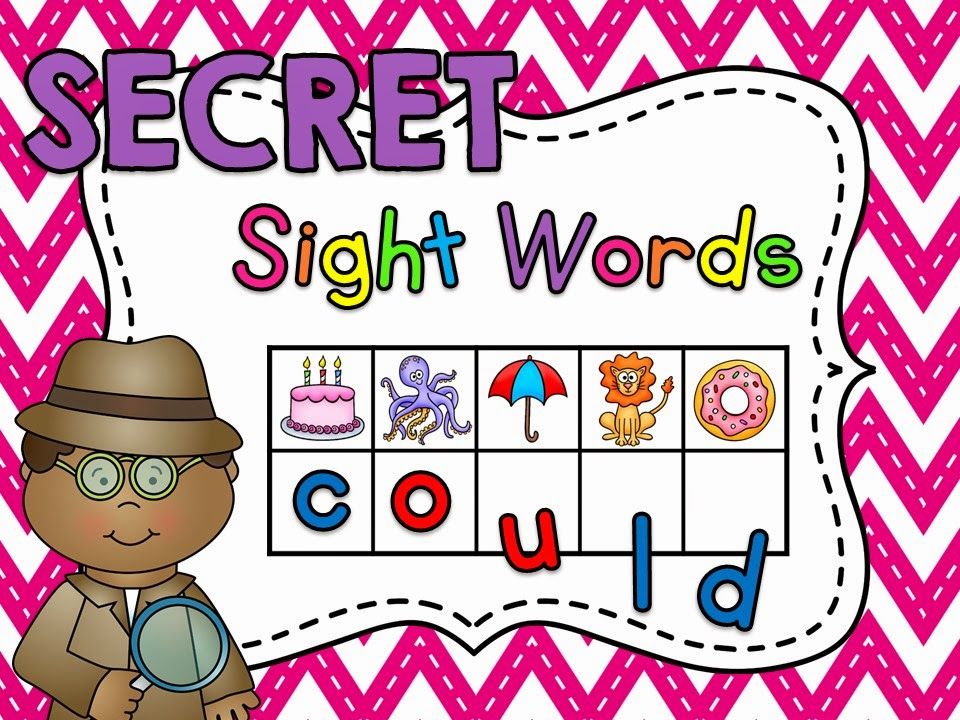
7) Make Your Own Books
While the reading games above can help your child memorize sight words, they’re often reading the words out of context. This can make it challenging for your child to remember them when they see the sight words surrounded by other words in a sentence or on the page.
To help your child learn to read sight words in context, make little books together! This activity allows you to customize the words your child practices. For example, you can include their name, names of family members, and various other words they can read.
Enlist your young reader to help with the writing process. Start by talking about all of the words they can read now and asking them to brainstorm some sentences that combine those words.
Be their scribe and write each sentence on a separate piece of paper. After you’ve written the words, ask your child to illustrate the sentence. Remind them that pictures can add clues to help them read if they get stuck, so the illustrations should match the text.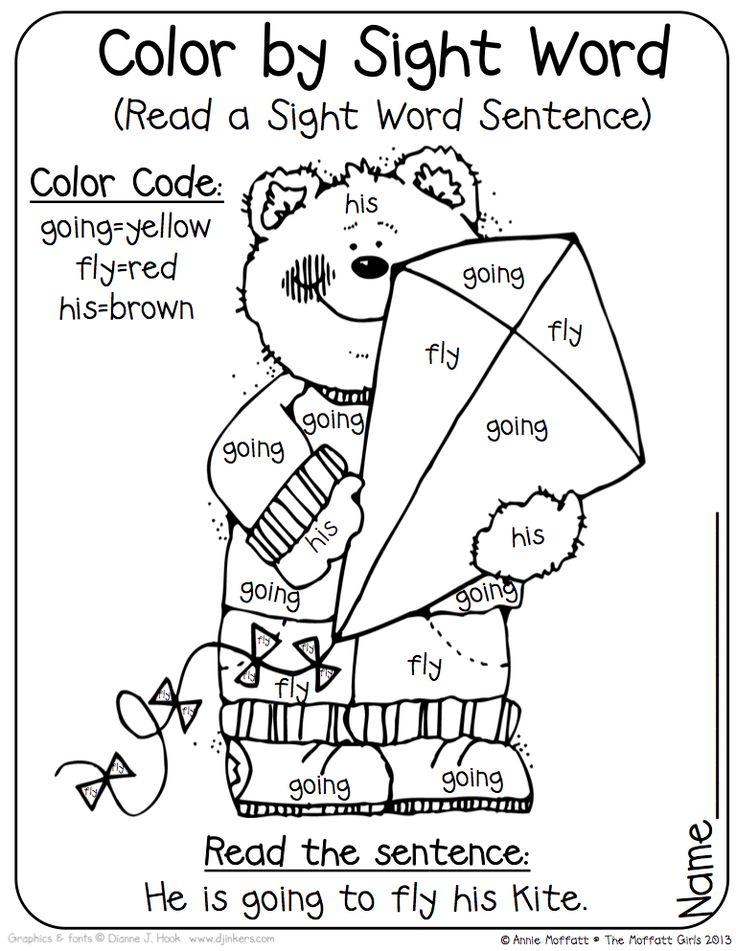
Encourage your writer to keep thinking of sentences. When you have a few pages done, staple them together to make a book. Then, have your child read the book to you. After they practice a few times, have them share their project with someone else.
If you’re having trouble figuring out what to write, here are a few simple sentences that use sight words. Hopefully, they’ll give you a starting point:
- I see the big red ball.
- Do you like my new dress?
- He is funny.
- We looked at a dog.
- Can you play at my house?
- Mom is cooking dinner.
- Dad is reading a book.
At first, don’t worry about the story making sense. Remember that the goal here is to practice reading sight words. So if the pages don’t flow together to create a complete story, that’s OK!
What To Do If Your Child Is Struggling
Sometimes, no matter how hard you try to help your child learn sight words, they still have trouble reading the words.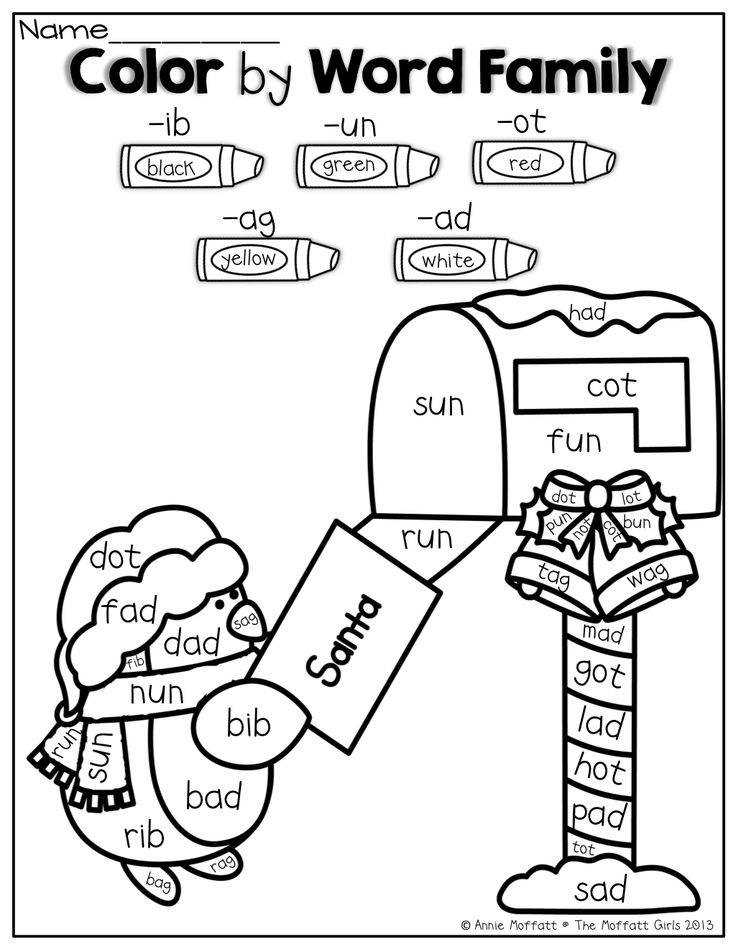 If this is the case, don’t worry! Just take a step back and reevaluate your approach.
If this is the case, don’t worry! Just take a step back and reevaluate your approach.
Here are a few things you can try.
Change Your Routine
Reading practice can sometimes start to feel dull or mundane. If your child usually does well but is having a hard time lately, try switching things up a bit.
For example, if you usually practice sight words after lunch, try doing it first thing in the morning. Or if you typically sit down at the kitchen table to work on them, try standing up or doing a movement-centered game instead.
These simple changes might not seem important, but they can make a big difference to your child.
Re-Evaluate Your Child’s Readiness
Even if you think your child is old enough to read certain words, they might not be developmentally prepared. Review the list at the beginning of this post to see if your child is ready.
If they aren’t, work on phonemic awareness activities for a bit. Then, come back to sight words after their reading skills are a little more developed.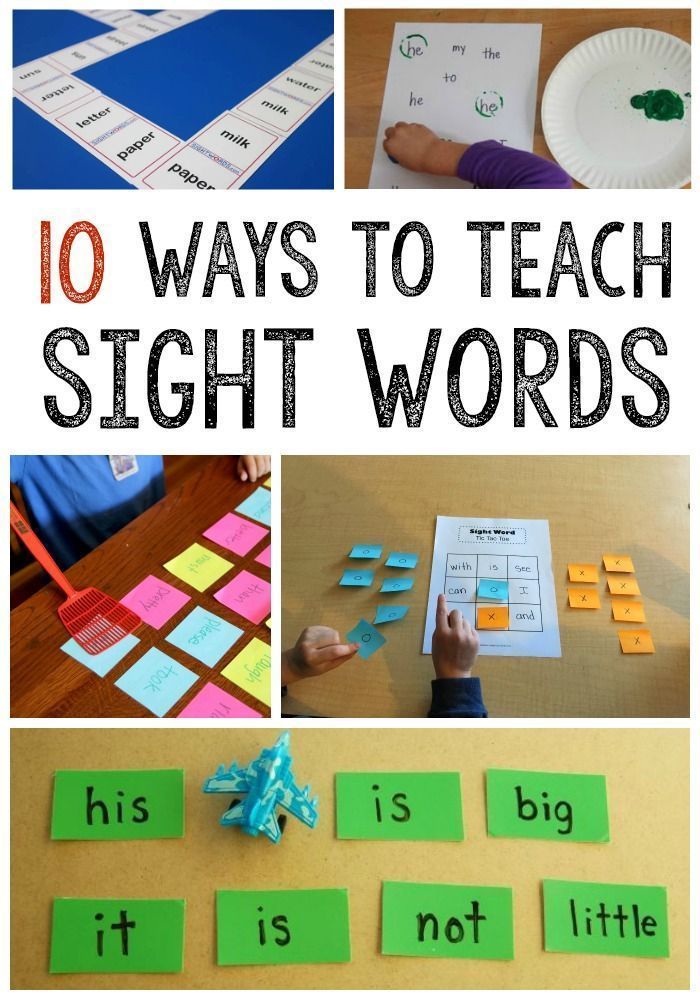
Use Different Words
Children go through different stages of reading development. Early readers often use the first and last letters of the word to provide clues. Then, they’ll try to guess based on that information. For example, if they see the word “dog,” they might read “dig,” ignoring the vowel in the middle.
As your child develops a better understanding of letters and sounds, they’ll apply that knowledge to their reading. Until then, it’s best to make sure the words you’re practicing don’t all look alike.
So if you’re working on the word “on,” don’t also practice “no.” These two words share the same letters and can confuse young readers.
Again, as your child develops reading skills, they’ll be able to tackle similar words better. But, for now, try to work on dissimilar ones.
Slow It Down
As mentioned above, you can’t be in a hurry when introducing sight words. But for some kids, two or three words a week can be too many. Try slowing down even more if the words don’t seem to stick in your child’s memory.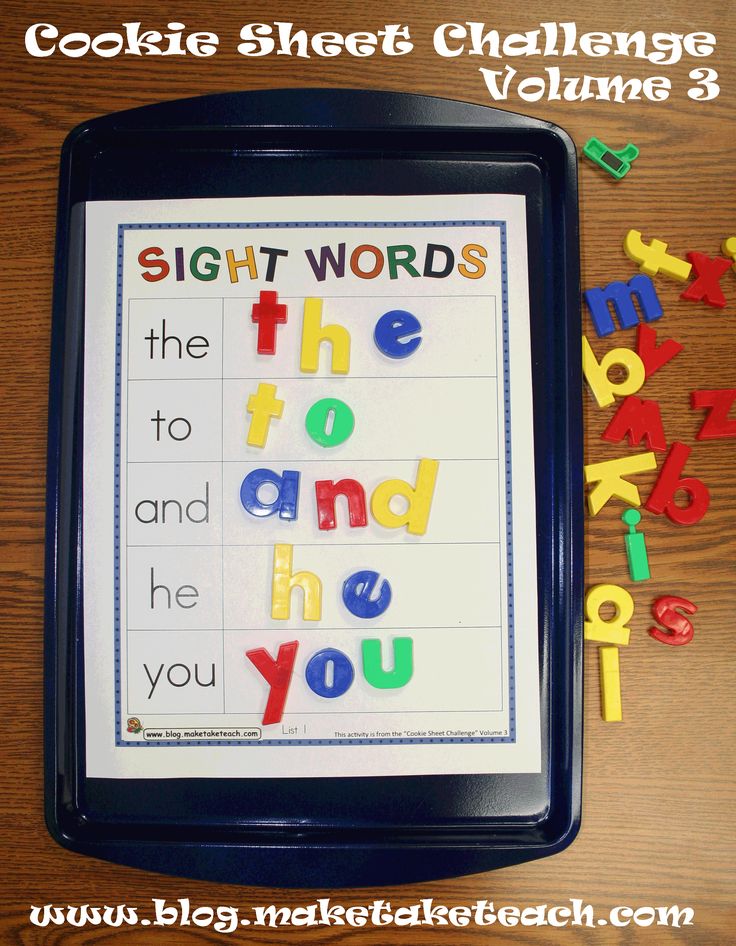
Pick one word to practice each week. Then, add a different one the next week. Often, simply changing the pace can be enough to help your child begin to master the words and gain confidence as a reader.
Use Tech
The HOMER Learn & Grow app has several games to help children practice essential sight words. Letting your child play for a little bit each day can help move the needle when it comes to reading.
Ask For Help
If you’ve tried all of the above and your child is still having trouble, it might be time to seek out some professional help.
A tutor or teacher can assess your child’s skills and give you tailored advice on how to best help them. They might also be able to recommend some great resources to help your child learn to read sight words.
Sight Words And Reading
Sight words are a great foundation for learning to read. As your child adds more sight words to their reading vocabulary, they’ll start to read with more speed and ease and, as a result, will begin to feel more confident.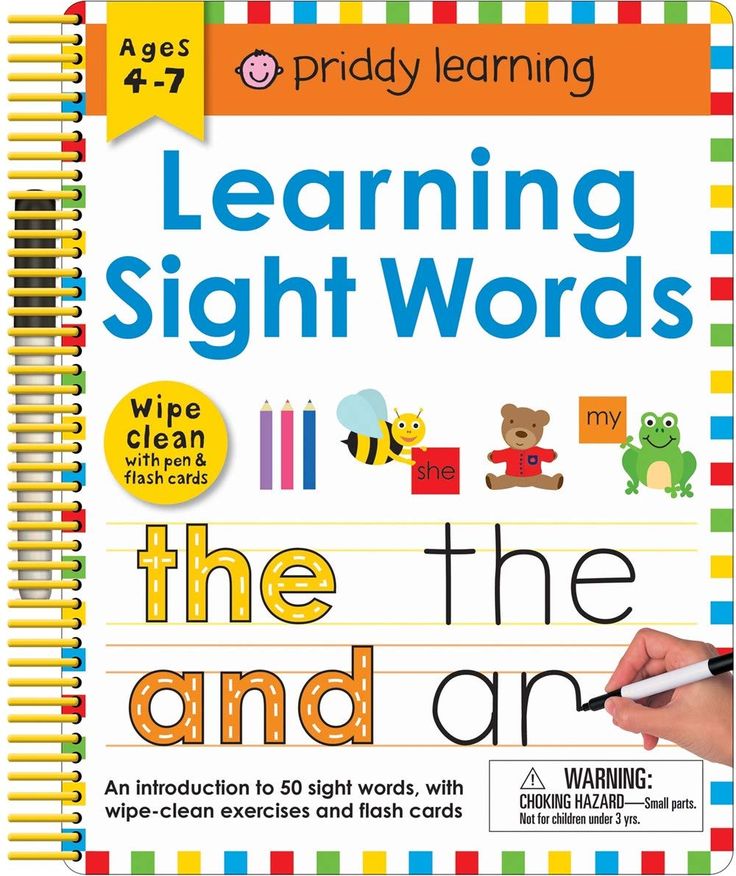
Think of every sight word as a building block. When you stack the blocks, a firm foundation is set. Your child can then build on this base, adding more words, more skills in sounding out words, and more fluency. And their love of reading will grow along with their skills!
A Lifetime Of Reading
To sum up, sight words are common words recognized by sight rather than by sounding them out. You can start teaching sight words to your child as early as four years old, but the exact timing will depend on when your young learner is ready.
There are fun and simple ways to start working on sight words with your child at home. It doesn’t have to be boring! The sky’s the limit when it comes to how you can teach sight words to your beginning reader.
Learning sight words can even feel like play if you change things up every so often. If you’re looking for ideas, check out our kid-tested games and activities. And for more fun ideas on how to use sight words, take a look at 13 Highly Effective And Fun Sight Words Games To Help Your Kids Learn.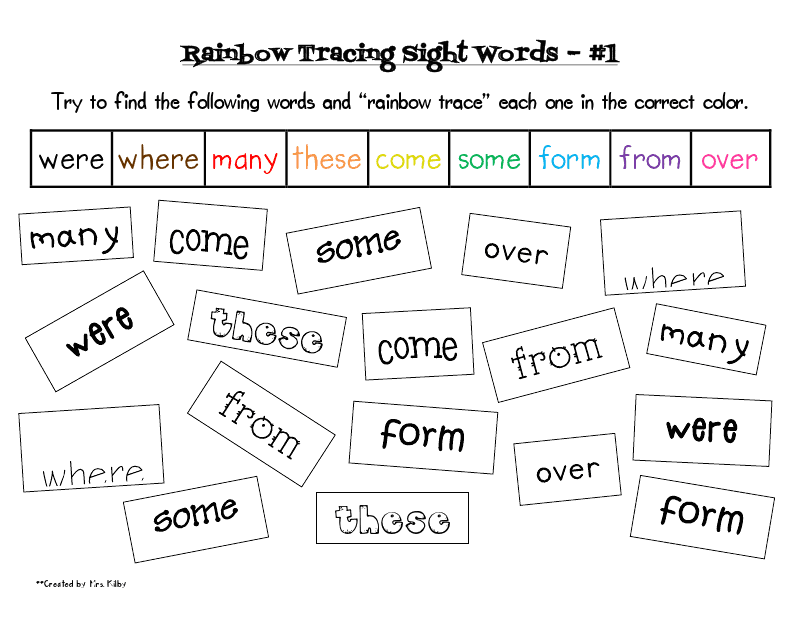
Whether your child is just starting to learn their letters or is already recognizing some sight words, we can help make learning to read fun! To encourage your child’s love of reading, HOMER uses their interests to curate stories just for them.
We have over 200 animated and interactive stories and songs for them to choose from. They can read along or read on their own for an experience that’s both fun and educational!
Author
Sight Word Success for New Readers
This post originally appeared on the blog Crystal McGinnis Kindergarten Creations.
Teaching sight words, along with all of the other foundational reading skills, is crucial for new readers. Throughout my years as a kindergarten teacher, I have found some effective strategies for teaching sight words successfully. Here is what has worked for me.
Establish sight word routines that you complete EVERY SINGLE DAY with your class.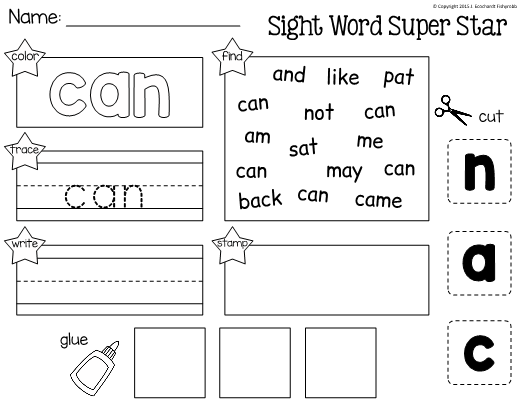 One of my favorite routines is building our sight words each day with magnets (as a whole group). After we build our sight words, and say each letter independently, we SNAP, TAP, and CLAP our sight words. My kids LOVE this! Here is what we do. (I used the word like as an example.)
One of my favorite routines is building our sight words each day with magnets (as a whole group). After we build our sight words, and say each letter independently, we SNAP, TAP, and CLAP our sight words. My kids LOVE this! Here is what we do. (I used the word like as an example.)
We say:
LIKE L-I-K-E LIKE (Snap on each letter as you say it out loud!)
LIKE L-I-K-E LIKE (Clap with each letter as you say it out loud!)
LIKE L-I-K-E LIKE (Tap your toe on each letter as you say it out loud!)
We repeat this with each of our sight words. We do this every morning during our morning meeting, and the kids really learn to recognize and spell the words quickly.
Be ConsistentIf you want to consistently expose your students to their sight words each day, create a powerpoint slideshow of your sight words and flip through it daily when you have a few extra minutes. It doesn’t need to be anything fancy, but just using the projector and letting your kids chant the words will keep them engaged.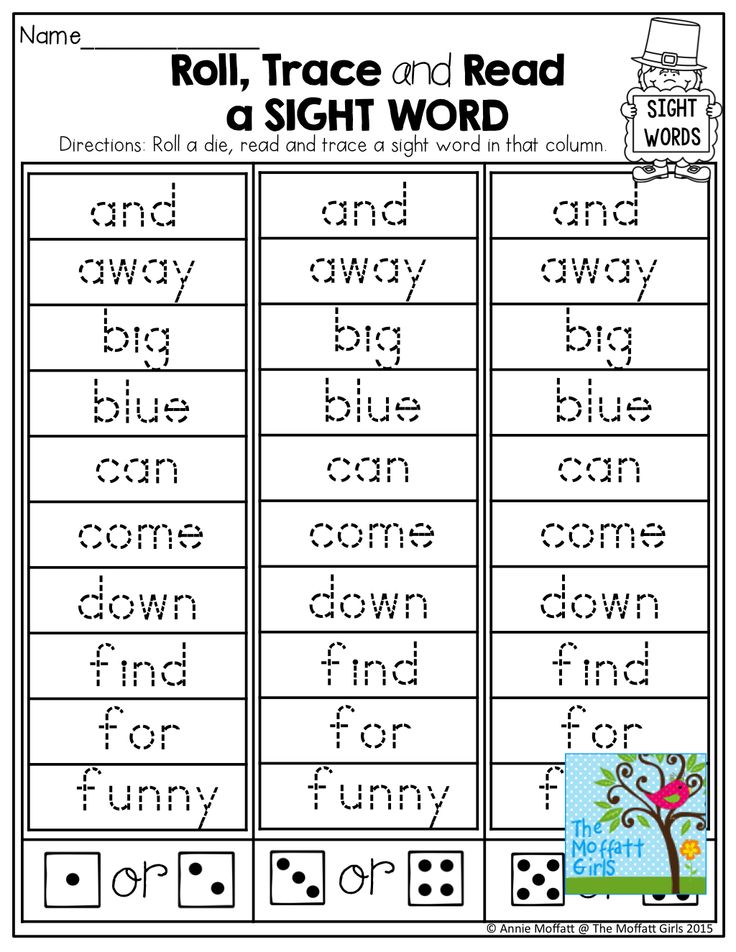 I add our new words to the slideshow each week, and then mix up the slides to keep the kids “on their toes.” I use this kindergarten review powerpoint, and add my sight words to the end.
I add our new words to the slideshow each week, and then mix up the slides to keep the kids “on their toes.” I use this kindergarten review powerpoint, and add my sight words to the end.
Teach Sight Words In “Text”Use poems to teach your kiddos their sight words in text. My kids LOVE learning new poems, and I love that they are learning their sight words along with so many other important reading skills including fluency, tracking print, and rhyming. I create a poetry notebook for each student which includes my 40 sight word poems for shared reading. These poems are full of sight words. We choral read them, chant them, highlight the sight words, read with partners, and more! I add to the poetry notebooks throughout the year to include back to school poems, fall poems, Christmas poems, spring poems, and more!
Keep It Hands-OnYoung learners need to be provided with hands-on activities to keep them engaged.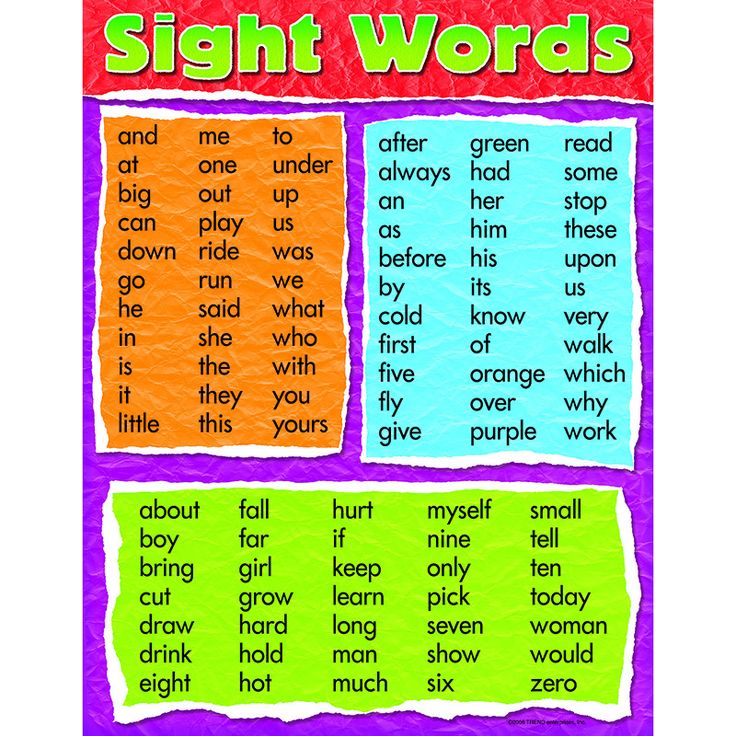 Set up a sight word center that is devoted to your new sight words for the week. Provide hands-on materials that can be used with any sight words (to keep your prep minimal.) Using plastic cups to build the sight words is always a hit! You can also use play-doh, popsicle sticks, pipe cleaners, and magnets, just to name a few hands-on manipulatives.
Set up a sight word center that is devoted to your new sight words for the week. Provide hands-on materials that can be used with any sight words (to keep your prep minimal.) Using plastic cups to build the sight words is always a hit! You can also use play-doh, popsicle sticks, pipe cleaners, and magnets, just to name a few hands-on manipulatives.
Make Your Sight Words VISIBLEYour students should see their sight words EVERYWHERE! Here is an idea…..create sight word “table names” for each of your tables. Hang one sight word above each table. Call the tables to transition by sight word instead of table numbers. Change the “table sight words” each week as you introduce new sight words. Don’t forget to save them for the next year!
You can also ensure that your kids see their sight words EVERYWHERE by using anchor charts. Let your kids help you create anchor charts using their sight words. Hang the anchor charts around your classroom for the students to use as a visual reference at a later time.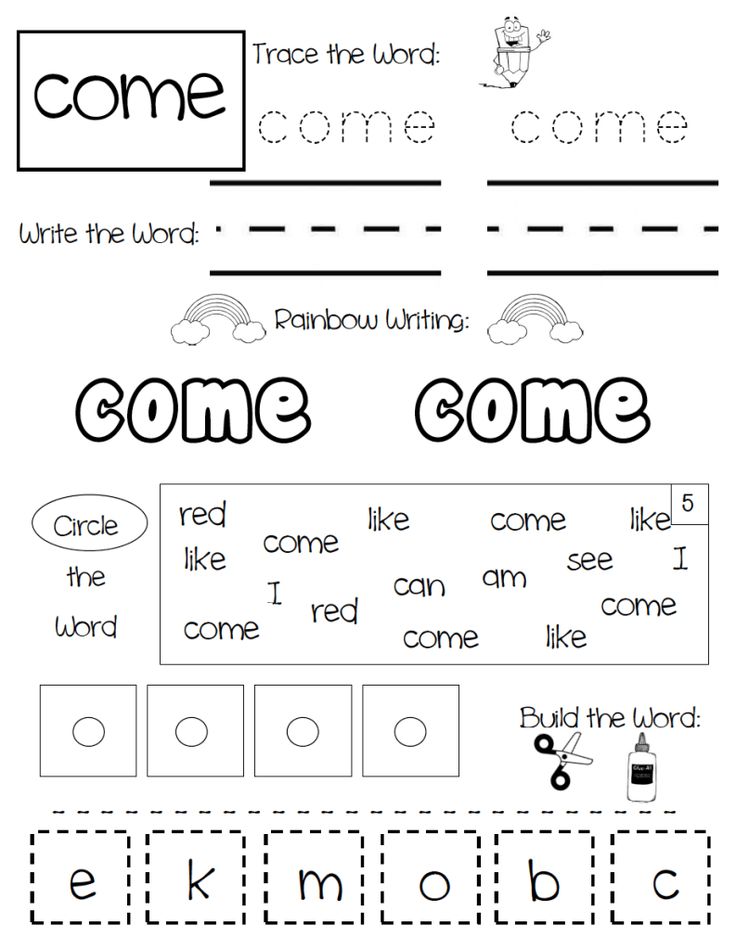
Another way to make sure that your kiddos are SEEING their sight words everywhere, is using pocket chart activities to display your sight words. Let your students build predictable sentences using their sight words during center time. Keep the sentences displayed for a future reference. Pocket charts are a perfect way to display sight words! This set comes from my predictable sentences pocket chart bundle.
Assess Your Students OftenKeeping track of your students’ sight word progress can be key to ensuring success. Assess your students as often as possible, and teach the words that your kids NEED. I assess my students when I pull them over for guided reading. It is very quick, and makes a great “warm up” for the guided reading lesson.
Your young readers can learn their sight words successfully if you establish routines, practice consistency, teach sight words in text, keep it hands-on, make the words visible everywhere, and assess your kiddos often.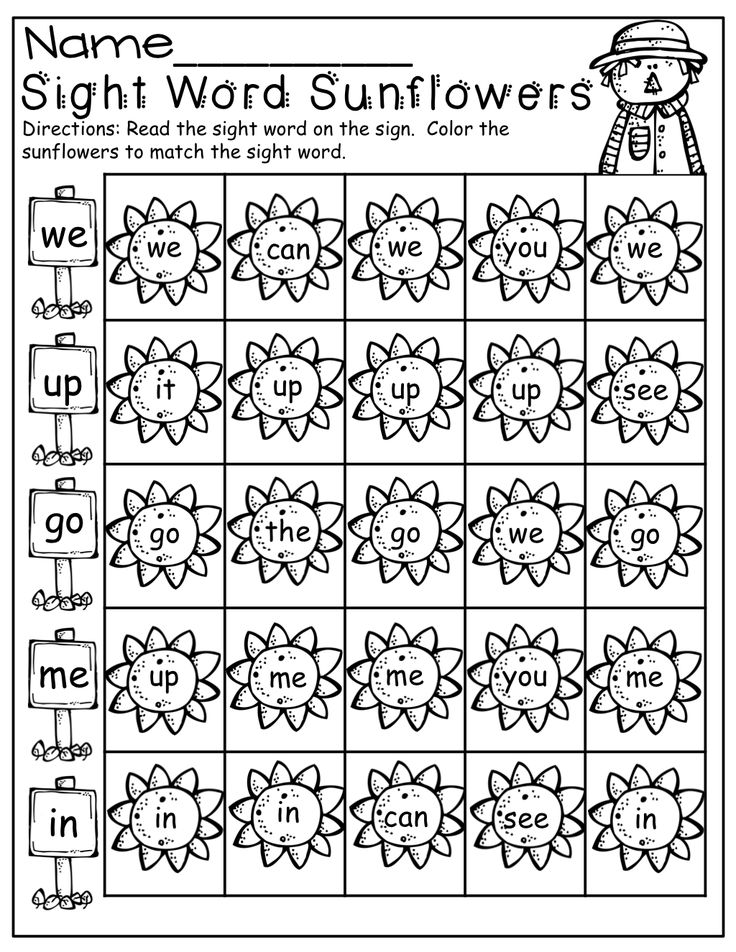
Pin this picture to come back later and get my poems, pocket charts, or powerpoint.
***
I am a teacher author, wife, and mother of 3 from Missouri with 11 years teaching experience. I love to share my excitement for education by designing educational resources for the primary grades, but I specialize in curriculum for Kindergarten. I love creating resources for those little learners who are excited to come to school every single day! I have created a wide range of resources that develop early literacy skills, enhance mathematical foundations, and encourage science exploration through hands-on learning.
Visit her TpT store
Learn English cheaply and effectively / Sudo Null IT News
English can be learned cheaply, sometimes even for free. In this article I will talk about my personal experience: what software and resources on the Internet turned out to be the most effective for me, and how to use them correctly.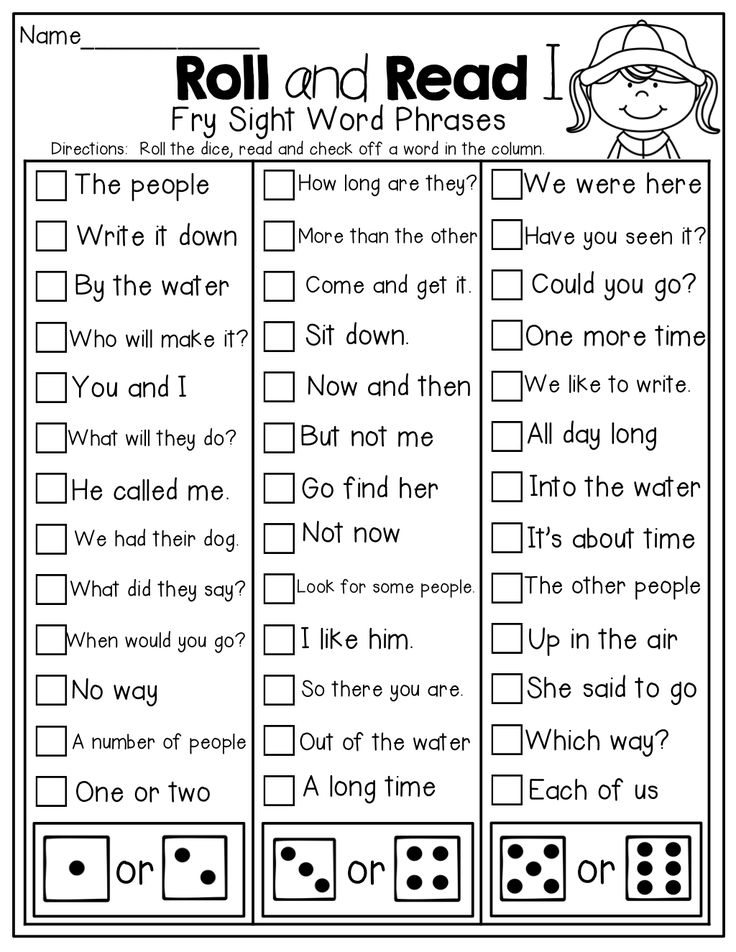
If you are not ready to spend at least 2 hours a day on English, then you can stop reading.
The ideal way to learn a language is to travel to an English-speaking country and study there for a year. If mom, dad and wife can’t afford this, then this article is for you.
To learn, you will need a computer with a browser and a phone (my examples will be for Android, but for iOS you will find app analogues). Some of the exercises can be done on the way to work, but not while driving.
Free.
Starting level: learned English at school, remember the alphabet.
If you do not know how to translate the phrases "I have to go to school" and "I used to go to school", then you should start with the audio course "Pimsleur English for Russian Speakers", 90 lessons for 20 minutes. The course is very effective, and this is not only my review.
How to use : the announcer speaks a phrase in Russian, your task is to quickly build a phrase in English and pronounce it.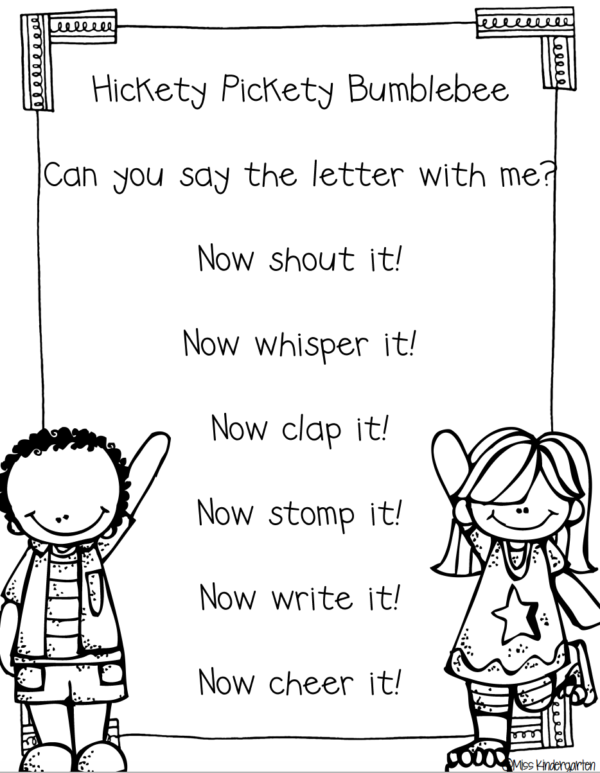 Just listening to this course is not enough, you must definitely pronounce it, at least in a whisper. I did it without problems on my way to work, including on the subway.
Just listening to this course is not enough, you must definitely pronounce it, at least in a whisper. I did it without problems on my way to work, including on the subway.
Where to get: I doubt these records can be legally purchased. The course is quite old, apparently it was distilled into MP3 from audio cassettes, the quality is usually 32kbps (this is enough). You can easily find the full course on the Internet.
In parallel, we begin to learn words.
First 3,000 words free, then $30 per year.
Starting level: learned English at school, remember the alphabet.
To communicate tolerably well and read technical documentation fluently, it is enough to know about 3000 words. To pass an interview for a programmer somewhere in Germany or England, 5000 is enough. For free communication, already 8-12 thousand are required.
On this site you can roughly estimate how many words you know now (mark familiar words and click Continue, the test takes about 10 minutes).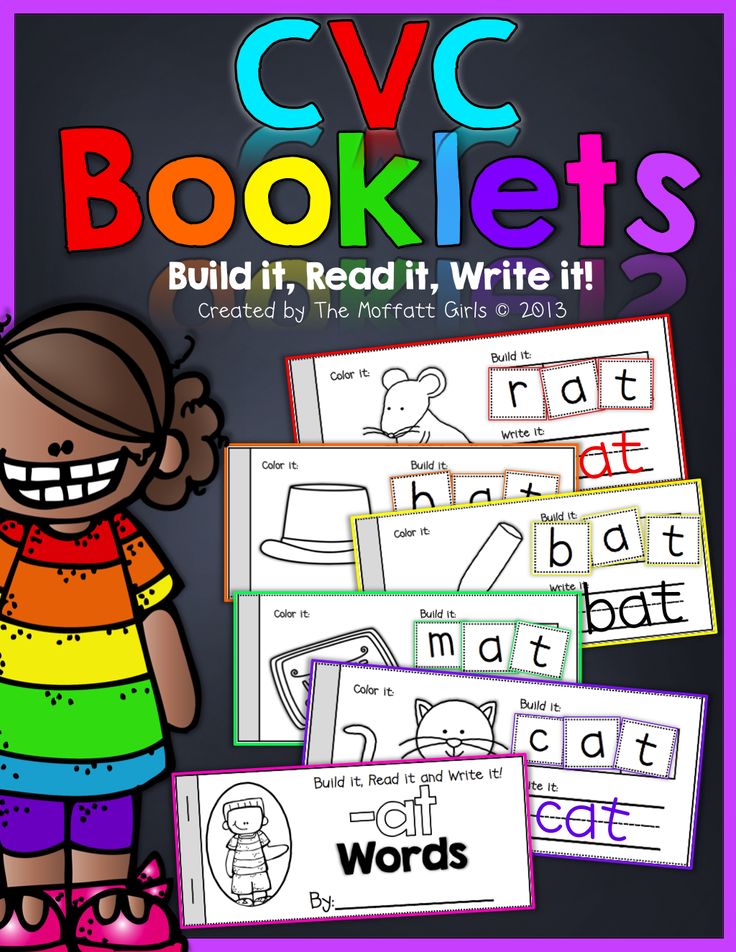 You can learn about 10 words a day, so don't expect to level up from 1000 to 12000 even in a year.
You can learn about 10 words a day, so don't expect to level up from 1000 to 12000 even in a year.
I use the Memrise resource to build up my vocabulary.
How to start: register on the site, then you need to add Courses to your personal account. There are tons of pre-prepared courses on this resource, some even from the site developers, but who needs these tons?
I recommend the following courses:
- Frequency dictionary of 12527 words (English-Russian), I started with it. The course was created a long time ago, it has many users and few errors.
- 17000+ modern popular words is an alternative that I created myself. The words are sorted in order of how often they are used according to Google, i.e. you can study this course no matter how little words you know now.
Don't forget to install the Memrise app on your phone. The browser version is better, but there is not always time to learn and repeat words at the computer.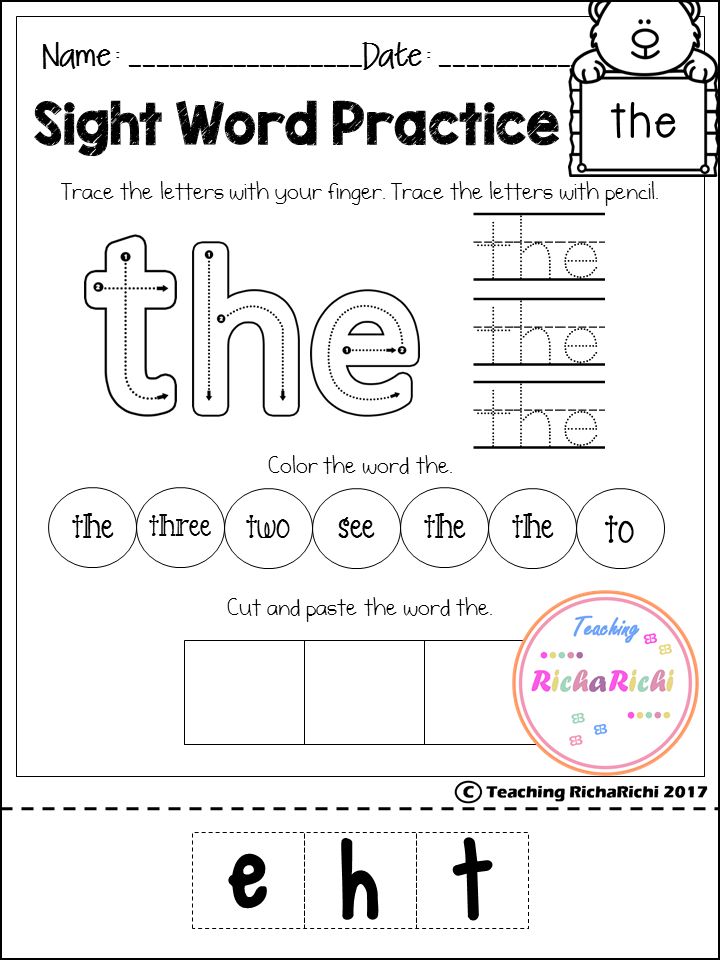
How to teach: every day “Learn” new words in the course, preferably 50-100 words. Then we spend another hour on “Repetition” of previously studied words in the course (about 300 words).
Some words you know ironically, and you don't want to meet them in the "Repetition", they must be blocked from viewing. To do this, in the browser version, open the page with the course, then go to the Lesson view, and find the small “Ignore” button. After that, we mark all unwanted words and at the very bottom of the page press the big Save button.
Paid version: Memrise has a paid account, I'll tell you about its only usefulness - "Difficult words". When you "Repeat" words, the ones that are most wrong for you are marked as "Difficult". In the paid version, you can open a lesson where only these “Difficult” words will be given out for repetition. If you plan to learn no more than 3000 words, then you definitely don’t need the “Difficult words” section, the usual “Repetition” + “Ignore” will suffice.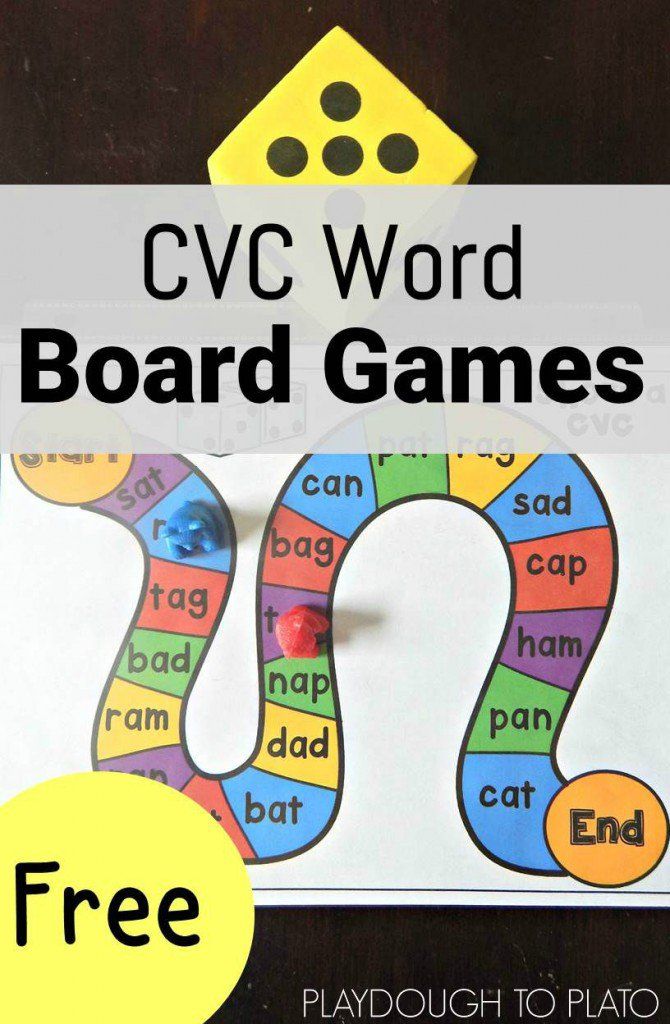 If you learn words only from your phone, then you don’t need to buy a paid account at all, because. in the mobile versions of Memrise, the Difficult Words section is simply disgusting.
If you learn words only from your phone, then you don’t need to buy a paid account at all, because. in the mobile versions of Memrise, the Difficult Words section is simply disgusting.
If you decide to buy an annual subscription, don't rush into it. With the active use of the resource, over time, offers “Buy an annual subscription at a discount” will begin to come to your mail. First, the discount will be 25%, then 30%. When it reaches 50%, you can agree.
UPD (02/06/2017): Attention! Auto-renewal is available for a paid account! If it is not disabled (account settings, “Not happy with Pro? Cancel”), then after a year the amount will be automatically deducted without any discounts. You can return the money within 30 days, but you will have to get confused, especially if you bought a subscription through the Apple Store.
UPD (02/06/2017): Addition from zartarn: In Google Play and Apple Store, the cost of a paid subscription may differ, at the time of publication of these lines it is $22 against $30
Optimizing the browser version: :
- see the English word and select the correct Russian version in the multiselect
- see the Russian word and select the correct English variant in the multiselect
- hear the English word and type the English version
- see the Russian word and print the English version
The only effective way to learn words is to see a Russian word and print the English version.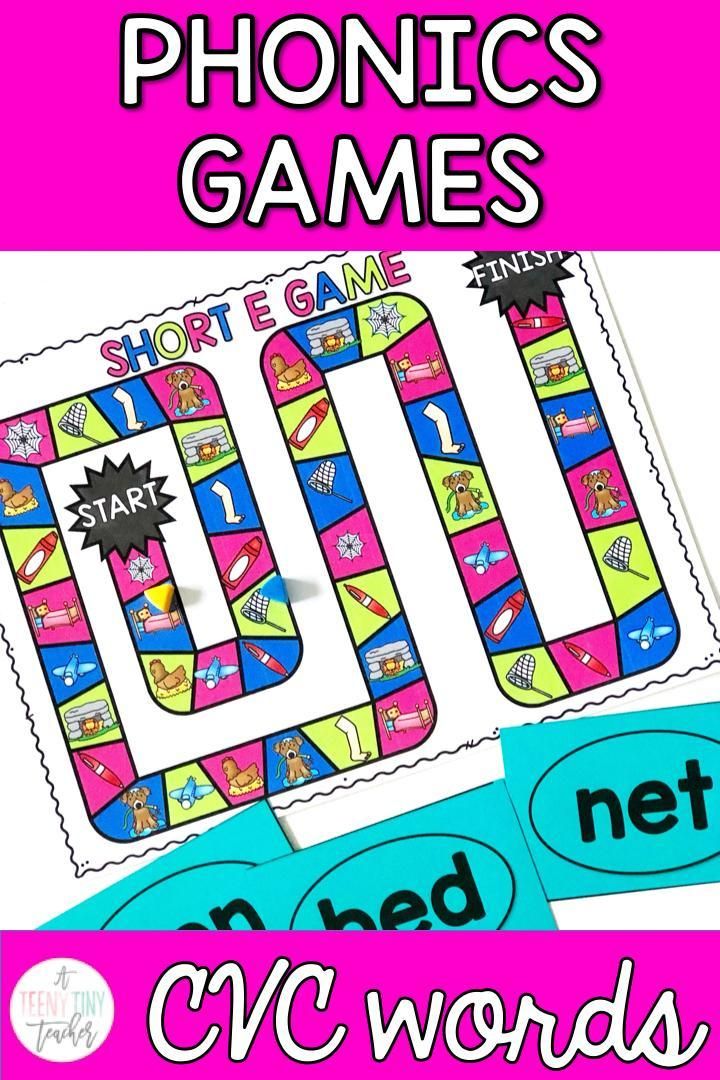 Only this will make your lazy brain really remember the word. Let's customize the browser version. To do this:
Only this will make your lazy brain really remember the word. Let's customize the browser version. To do this:
install and configure user scripts
- Install the Firefox browser (Chrome is also possible, but I have not used and will not describe)
- Installing an add-on - Greasemonkey
- We install a script that turns on the “Print Only” mode, for this we go to the GitHub developer page, there we find the inscription “Then add the script using the following link:” and actually click on the link. Almost immediately, a Greasemonkey window will appear, prompting you to install script
- Install another script that speeds up learning and repetition: once you have typed a word correctly, it will automatically move on to the next without having to press Enter or the "Next" screen button. I really love this script, I recommend it. We install in the same way, go to the developer's page and click on the link after the text "Installation link:"
- Last edit.
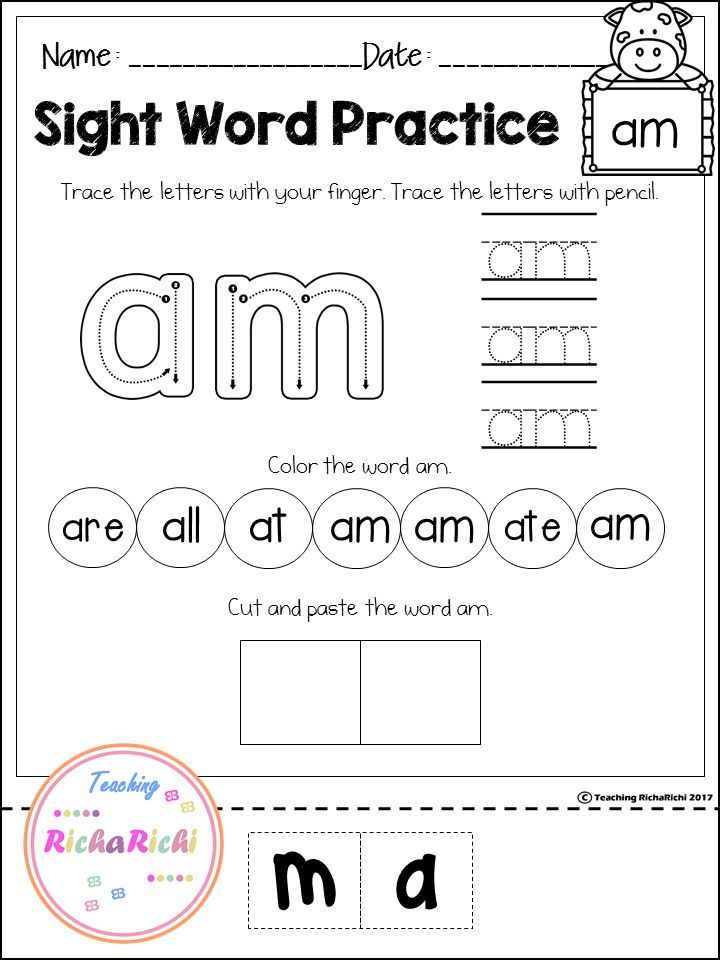 In Firefox, open the main menu "Tools" - "Add-ons", in the left menu we find the face of a monkey with the inscription "Custom Scripts". Now we see two of our installed scripts in the center of the screen: Memrise all typing and Memrise turbo. To the right of Memrise all typing, click the "Configure" button
In Firefox, open the main menu "Tools" - "Add-ons", in the left menu we find the face of a monkey with the inscription "Custom Scripts". Now we see two of our installed scripts in the center of the screen: Memrise all typing and Memrise turbo. To the right of Memrise all typing, click the "Configure" button
The settings dialog will open, at the very bottom we press the big button "Edit this script".
A scary window will open with a lot of code. We need to find three lines:
var INCLUDE_REVIEWS = true; var INCLUDE_MISTAKE_REVIEWS = false; var INCLUDE_LEARNING = false;
And replace all false with true:
var INCLUDE_REVIEWS = true; var INCLUDE_MISTAKE_REVIEWS = true; var INCLUDE_LEARNING = true;
At the top of the editing window, click the small Save button, and close everything.
UPD dated 02/06/2017:
When running the Memrise turbo script, you will most likely be annoyed by the voice acting of words, which will overlap with each other when quickly transitioning between words.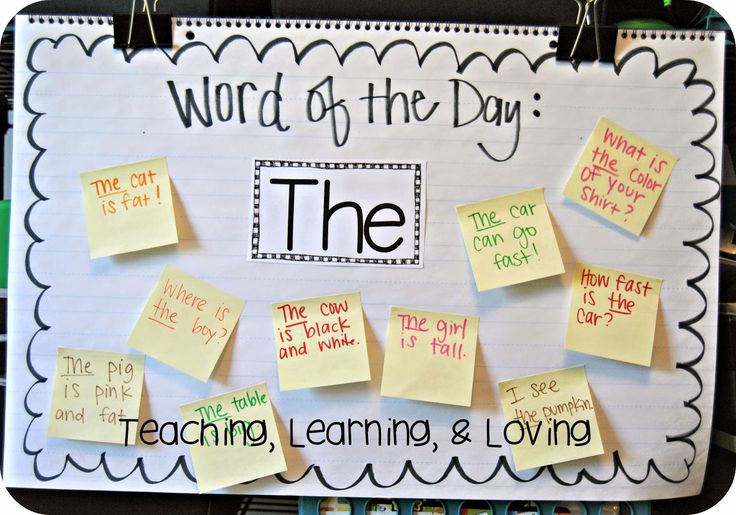 To get rid of this effect, you need to edit the Memrise turbo script (the editing process is similar to the one described above):
To get rid of this effect, you need to edit the Memrise turbo script (the editing process is similar to the one described above):
find and delete/comment out the following line:
MEMRISE.audioPlayer.stop = $.noop;
The script can be enabled/disabled using the monkey face icon at the top of the screen.
With this optimization, the speed of learning and repetition is increased by 3-4 times.
UPD dated 02/06/2017:
Words can also be learned using the Anki app. Read about Anki itself below. Cards "17000+ words" were prepared by a respected user GEnergetik, they can be downloaded here:
- 17k+ English words for Russian Speakers UK words found in American English are excluded. There are two types of cards in the deck: with entering a word into the text field by translation and with entering a word into the text field by sound.
- 17k+ English words for Russian Speakers US - the same as the previous one only with American English
- Cards with input and pairs in one deck without voice acting US+UK;
- Mute couples only US+UK;
- US+UK mute input only.
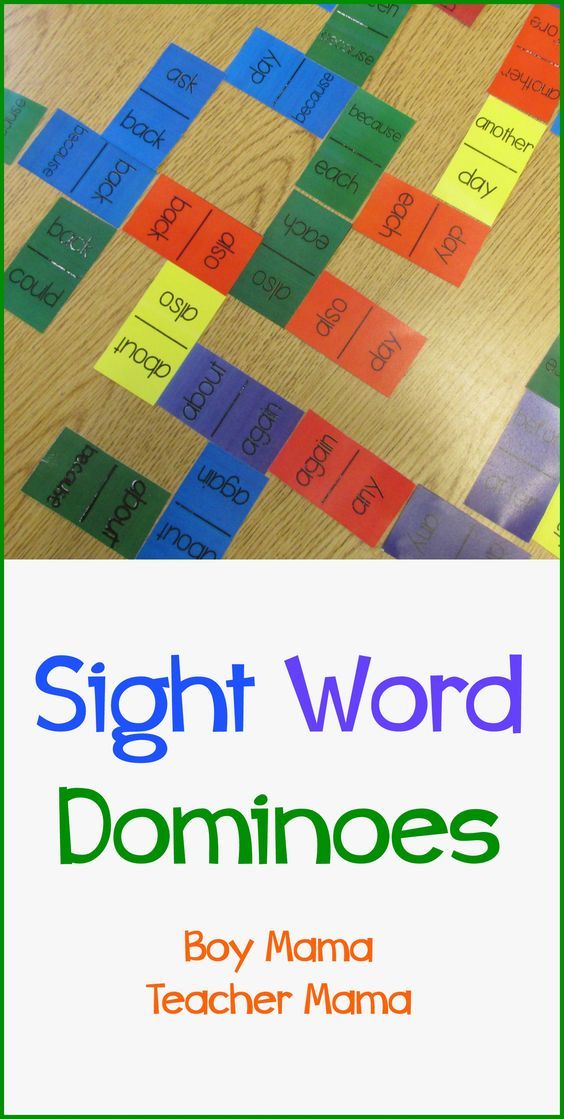
In parallel, we begin to learn how to build phrases.
Free.
Starting level: know 1000 words, know how to build simple sentences.
Vocabulary is great, but catastrophically small. Which preposition to use in the phrase "I'm on the bus": on, in, at, or something else? And there are thousands of such nuances, there are uniform rules, but mostly there are exceptions. This is where constant practice will help you.
You can try to read English books, in 2 years I mastered all the parts of Harry Potter.
Little sense, but it was interesting.
The most effective way for me was Anki + Tatoeba.
What it is: you are given a phrase in Russian, you must quickly translate it into English and speak it. After that, click the "Show answer" button and see the original English version, and also hear its pronunciation. We realize whether we ourselves translated correctly and give ourselves a rating:
Picture
And so more than 100 thousand phrases of varying complexity. Free. Many thanks to the developers of the Tatoeba project. Unfortunately, in some places you will find incorrect translation of phrases, or outdated phrases, but 90% of the material is of excellent quality. The vocabulary there is small, if you know at least 1000 words, you can safely start Anki.
Free. Many thanks to the developers of the Tatoeba project. Unfortunately, in some places you will find incorrect translation of phrases, or outdated phrases, but 90% of the material is of excellent quality. The vocabulary there is small, if you know at least 1000 words, you can safely start Anki.
How to get started: install the AnkiDroid application on Android. There is also an analogue for iOS (AnkiApp), but unfortunately I have no experience in using it, you will have to figure it out on your own.
Now you need to load the cards. I downloaded the original Tatoeba files, converted them to Anki format, and even corrected some of the translation errors. You can take the result here.
Download the file and place it in the phone's memory: "Internal storage" - "AnkiDroid", throw it directly to the root. Now the most unpleasant thing: you need to import the cards. It is done in a couple of finger clicks on the screen (Menu button - Import), but the operation itself can drag on for a couple of hours, and if the screen goes blank, the operation will freeze.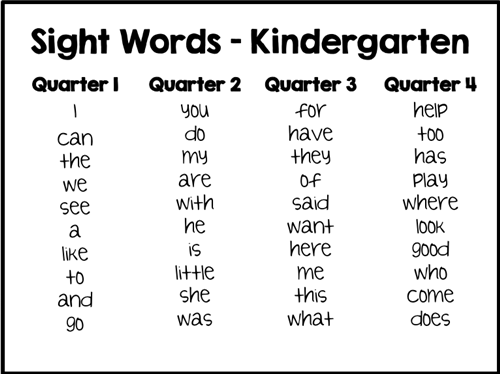
Therefore, we connect the phone to charging, set up “do not turn off the screen for 30 minutes” (Settings - Display - Sleep mode), and sit every 20 minutes and poke the screen. AnkiDroid is not adapted to such large volumes (miserable 170 thousand cards).
If you have iOS, then the import process will be different, unfortunately I have not tried it.
How to set up: (only for Android, I haven't tried it for iOS) launch the application, make a long tap at the rate "Russian-English Tatoeba", the "deck" settings menu opens. We select “Deck Options” in it, then the item “New cards” and set the value to “New cards per day”, I recommend setting 75.
Go back, select "Repetitions" and set the value for the "Maximum views per day" item, I also recommend 75. put a check mark here. Now we launch the course itself and Anki will ask you which language to use for reading Russian phrases: choose from the long list "None". Then, when an English answer appears, Anki will ask you about English phrases, and there already indicate English US or UK.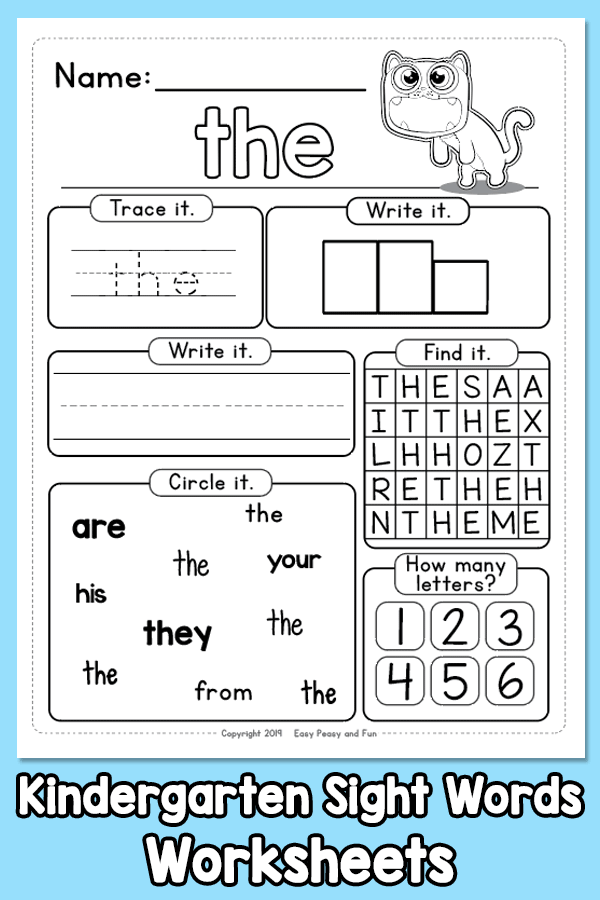
How to teach: you finally made friends with Anki and you can teach. Everything is simple here, Russian phrases appear, you translate them into English, check with the English original. It is highly desirable to spend about an hour a day on this, going through 75 new words and repeating 75 old ones. The better you can translate a phrase, the less often it will appear in repetitions.
There are many phrases, there is no purpose to remember each of them. It's just a phrase building exercise.
Sometimes you will come across phrases whose grammar is not clear to you. Write them out separately, and later look for explanations on the Internet or from teachers.
Free.
Starting level: know 3000 words.
So, you know 3000+ words, but you watch a movie in English dubbing and don't understand anything. I understand you.
Start training the Listening skill. To do this, people came up with the so-called podcasts: short audio recordings about the English language.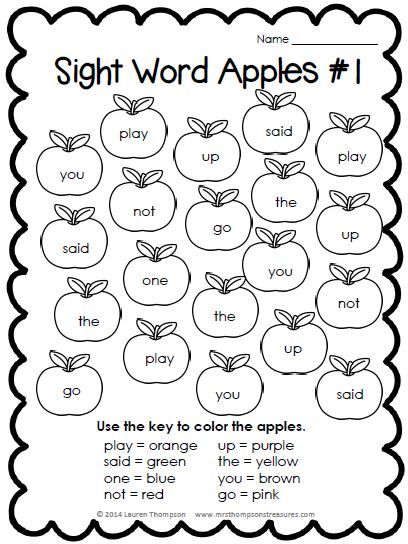 Often they explain grammar there, or offer to memorize words - all these are side effects, the main thing is to learn to listen to other people's voices and understand the language.
Often they explain grammar there, or offer to memorize words - all these are side effects, the main thing is to learn to listen to other people's voices and understand the language.
What are the best podcasts to listen to? Various! The more new voices you hear, the better.
Useful resources I use:
- BBC, many audio recordings that are accompanied by text. You can study on the site, you can download the entire set of records from torrents
- TED is an excellent resource. Each entry has subtitles in English, and often in Russian. The only drawback is the video, you can't listen to it while holding the phone in your pocket. TED has apps for Android and iOS, and you can download videos to your phone's memory.
Paid resource I used: EnglishPod. There are over 300 podcasts of 10-15 minutes, very easy to listen to, all fun and humorous. The disadvantage is that there are not enough votes, there will be 15 people for 300 lessons.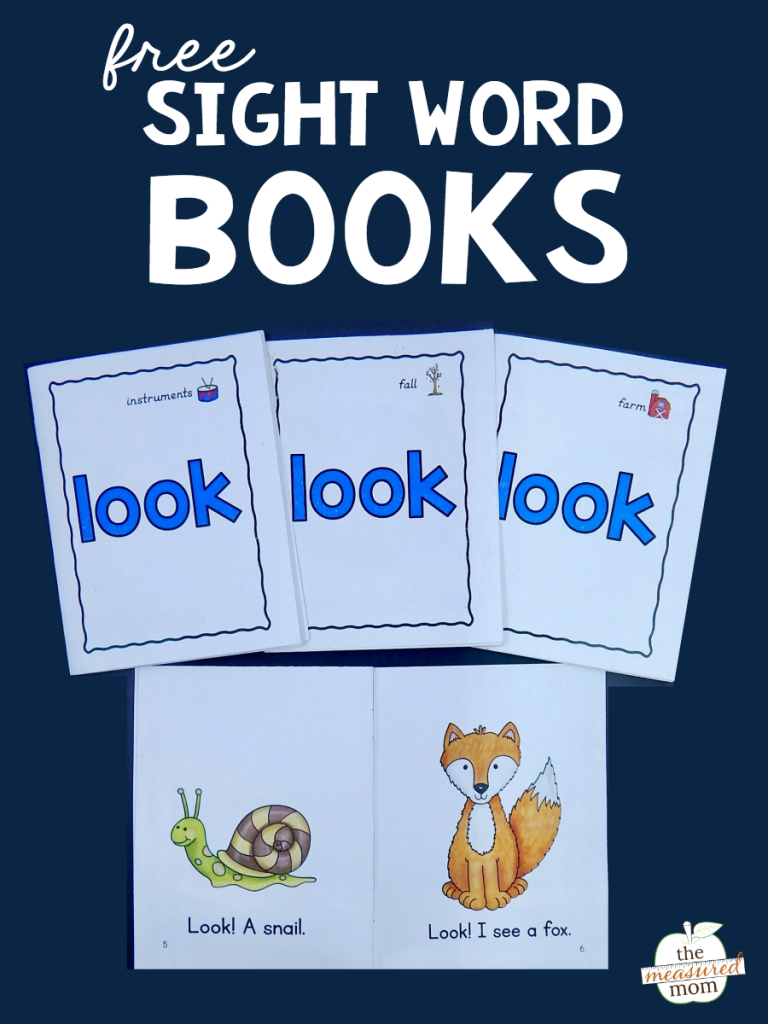 The resource is currently closed. You can buy their recordings or simply download them from other sources - this is on the conscience of everyone.
The resource is currently closed. You can buy their recordings or simply download them from other sources - this is on the conscience of everyone.
Expensive, from $10 per hour.
Starting level: you know 3000 words, you can build phrases of medium complexity.
Why do we need a teacher if we already use a bunch of programs and listen to podcasts? For at least two things:
- Remove the communication barrier. It is very difficult to overcome yourself and start speaking English, even if you already know how to read and write. Approximately 8 lessons solve this problem (1 astronomical hour each)
- Explain grammar. As you go through the Anki lessons, you will come across strange phrases, the teacher will explain how to translate them and give other examples. This is much more effective than trying to find them on the Internet yourself.
No group lessons, it's a waste of time. Personal lessons are more expensive, but 100% of the time will be devoted to you, and you will only analyze those questions that are not clear to you.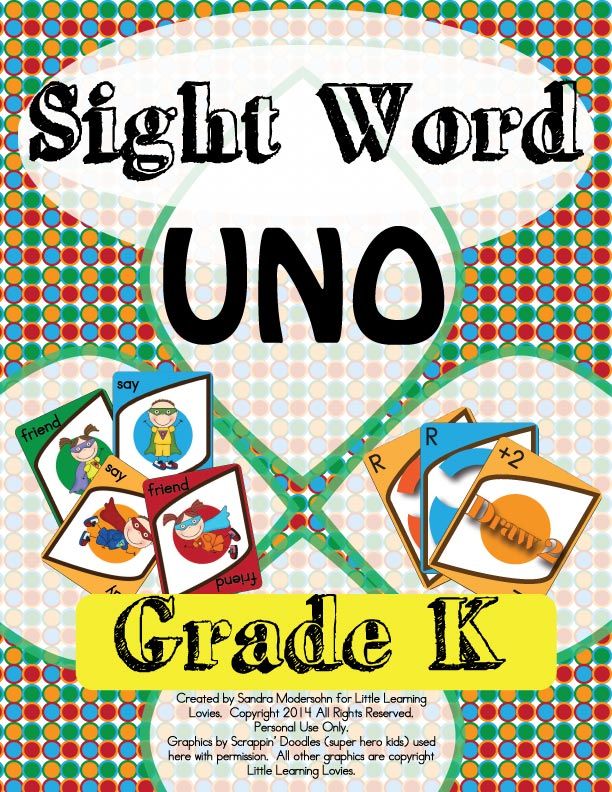 2 classes a week is more than enough.
2 classes a week is more than enough.
I study with a native speaker via Skype at a convenient time for me. I select teachers on Italki, everything is simple and convenient there.
If you have free time after all that I have listed above - read books, watch movies, look for English-speaking friends on PenPal world and correspond with them (for free).
Hang in here, wish you all the best, good mood and health.
The article was updated on 02/06/2017:
- Memrise account payment features
- Cards for Anki by user GEnergetik
- Memrise script optimization
Update as of February 17, 2017:
If your Greasemonkey scripts for Memrise are broken, then you need to do the following:
- Open both scripts for editing
- Find lines like
at the very beginning of each script // match http: ... - Replace http with https
Stop learning English words / Habr
Six tips for those who want to learn the language and translate.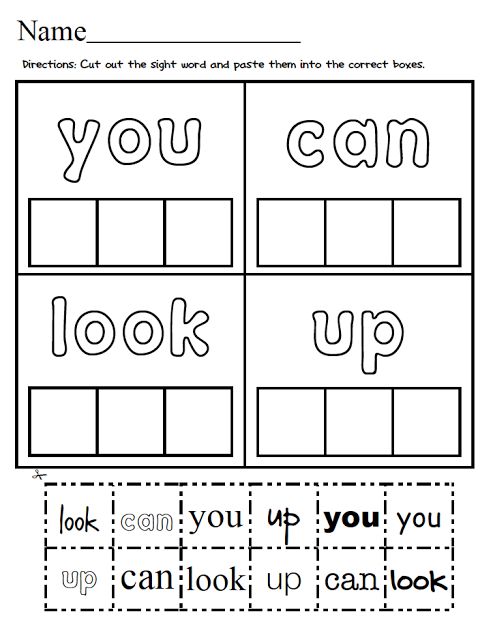
Habr's authors who translate articles do a great job - they overcome a huge language barrier for others, I say this without irony. At the same time, I regularly see home-made or company-made programs for memorizing words, and I don’t think this is the most useful thing. Yes, of course, the cards are useful. At the initial stage, teaching from scratch, the first 50 words can be learned by them. Further words are best taught in context.
My first piece of advice and the most important thing to remember from the note is to stop memorizing words. Learn grammar.
Two examples
Example 1. If you know grammar, you understand the meaning
The kalusha slipped on the fur and stole the butyavka.
Many people know this work by Lyudmila Petrushevskaya. And while reading, you can even imagine the meaning, and if you give the words definitions, the meaning of only will be clarified by .
Example 2. If you don't know grammar, you're talking nonsense.

But without grammar there is no sense. I think almost no one here knows Portuguese. Here are 4 words for you, as if you learned them from cards:
andar - go
baixo - low
terreno - earth
um - one
And the phrase:
um andar baixo terreno ( um andAr baixo terreno ), "one to go low land".
A thousand interpretations come to mind. “One traveler was walking through the valley”, or even “Someone went to the lower world (probably died)”.
Actually, I gave inaccurate translations, as if we had memorized the words wrong. In this context, andar is "floor" and baixo is "under". The phrase means "underground floor" (not underground, andar subterráneo , namely "underground"). If we knew a little grammar, we would immediately notice that andar is a noun, not a verb, and baixo is a preposition, that is, it would be easier to “repair” the meaning. Without grammar, everything is blurry and fuzzy.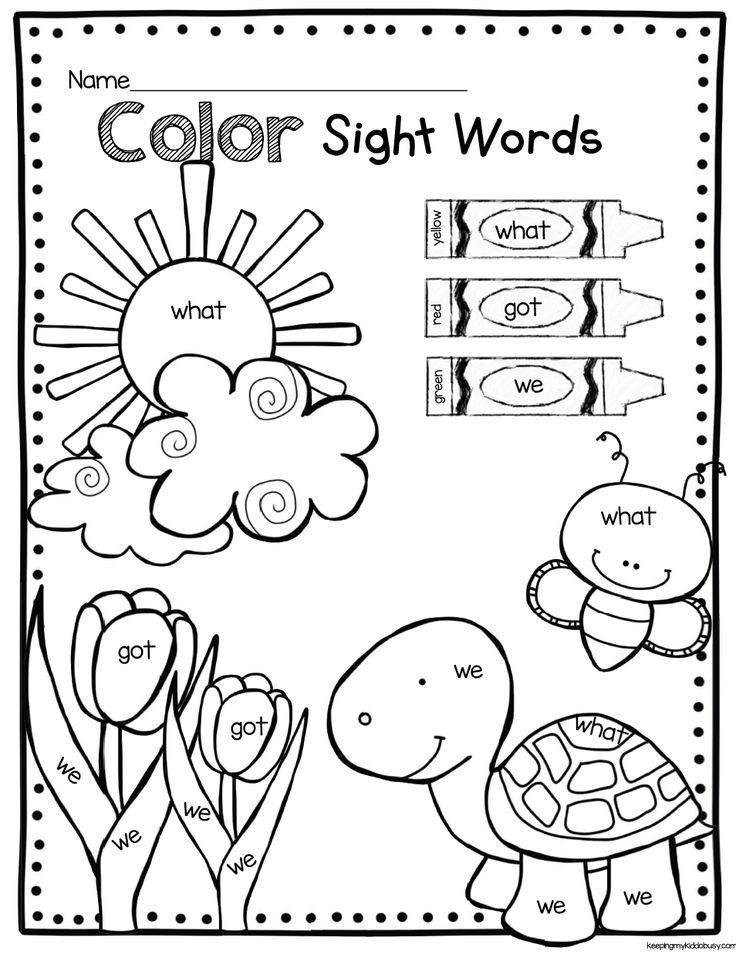
One student translated segundo mais importante (“second most important”, literally “second most important”) as “quickly became the most important” - because segundo took the meaning of “second” from , turned it into “moment” , and thought of a verb that wasn't there.
In our native Russian language, we rarely learn words other than incomprehensible terms. But grammar at school has to be mastered - participial and participial expressions have to be specially taught to use.
Moral: language is grammar, that's what you need to learn.
What does it mean to learn grammar? Do the exercises.
Many people claim that they do not speak, but they understand - as can be seen from the experience of my students, most likely they incorrectly separate words, and from the wrong words they invent something on the go. A lot of mistakes by amateur translators occur due to incorrect interpretation of grammatical structures.
So, tip #1: learn grammar .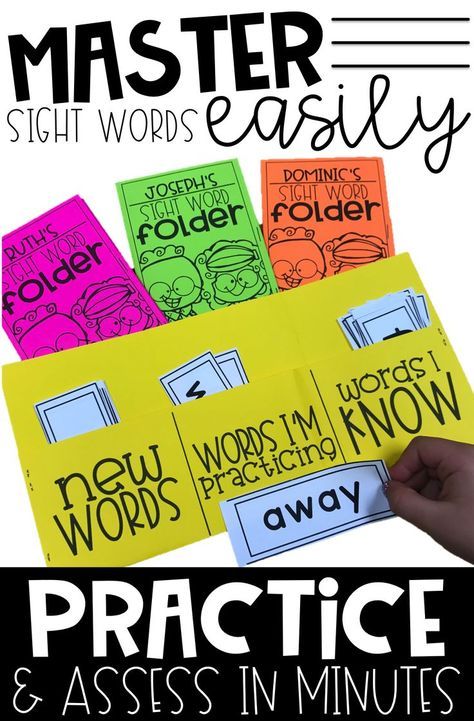
But how to learn words?
Out of context. Read books, magazines, listen to the radio. Repeating words themselves will be remembered even passively, and rarer ones - if they are actively used.
Find something interesting for yourself. How did I learn Portuguese? Began to correspond on the forum about the buses of Curitiba in Brazil. Later I heard in a speech by Ken Robinson (not about the language, but about the work, but still for sure) “once you have found your element (what you like and get), you no longer work.”
Tip #2: Find something you're interested in and you won't have to learn the language again.
There is, however, an exception - the translation of articles. A common inaccuracy in them is mistranslations of words referring to a cultural context. (“Noodles on the ears”, “clear guys”, etc.). When you (the translator) see such a word that does not fit into the literal sense, you need to search or ask for native speakers, but do not write gag.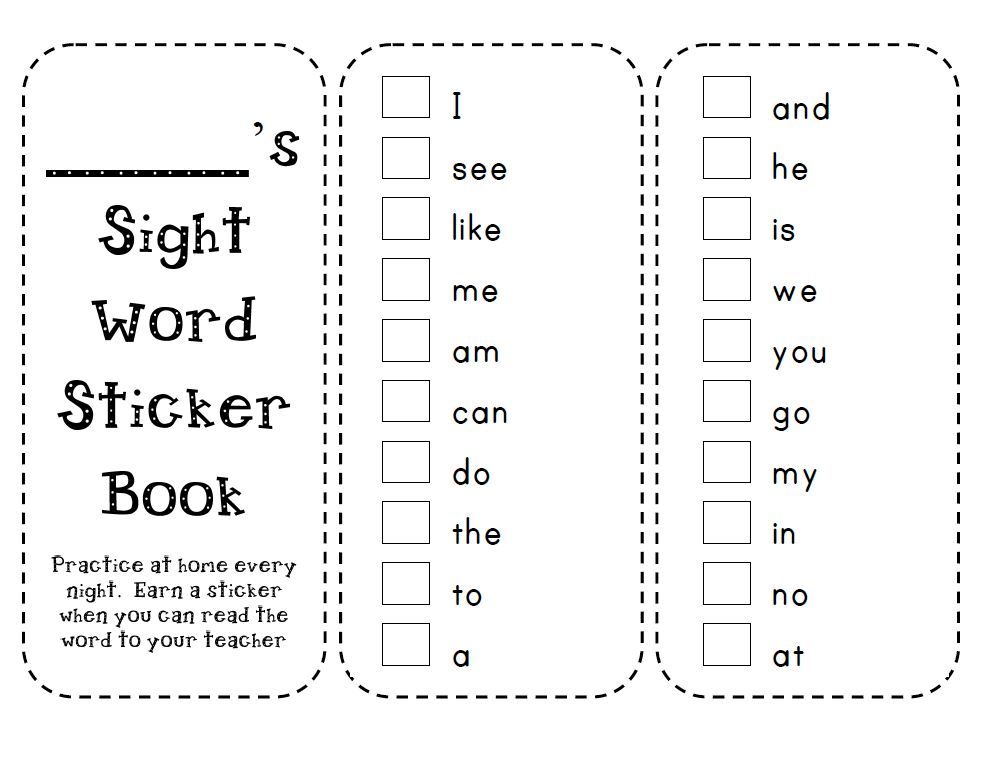
Tip #3: Don't look in the dictionary when reading or writing.
Many programmers are familiar with the phenomenon of Google addiction, when at work you constantly google, like "python open link", "stick div to the bottom edge". All this knowledge is forgotten as easily as it was found. It's the same with words. It is sometimes worth looking into the dictionary to double-check a word or clarify the meaning. But if you have to look at the translation of every second word, then reading or writing is still too tough, switch to a lighter load.
How to learn a language with radio or TV
In general, the radio is preferable for passive language acquisition, because there are a lot of tips for you in the video - gestures, facial expressions, plot. They are not on the radio. But there are many more films with subtitles than there are podcasts with transcripts, so the movie is certainly more convenient.
If you watch with subtitles or listen with a transcript, the brain gets used to reading, which is easier.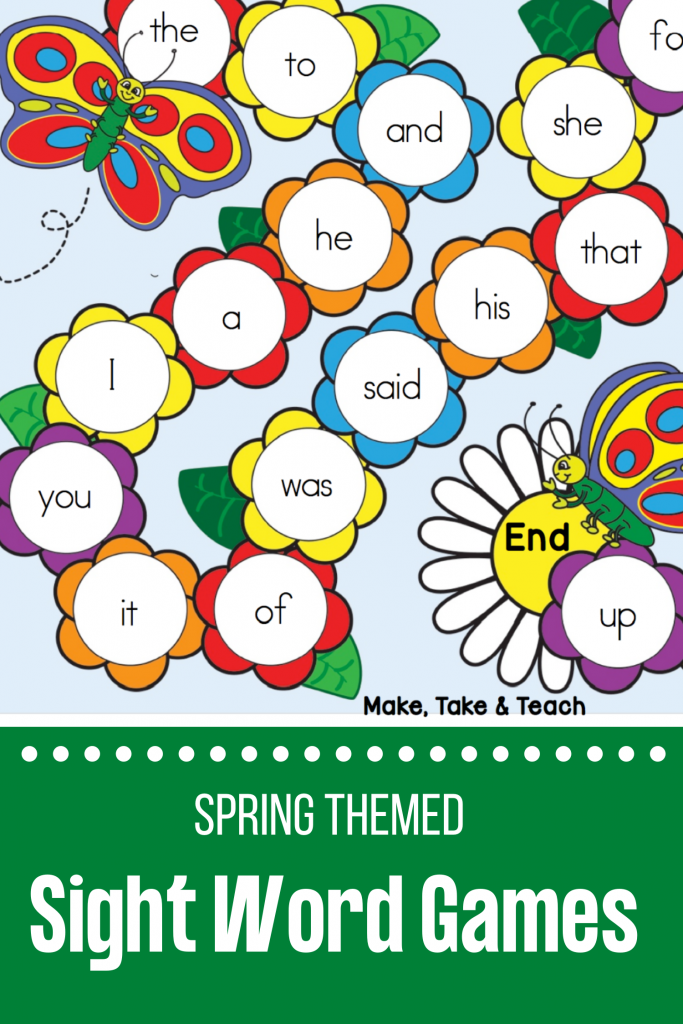 If you listen all the time without deciphering, your ear will “blush” - you just stop noticing the incomprehensible. For example, I won't write misheard lyrics, because I'm already used to not noticing the incomprehensible.
If you listen all the time without deciphering, your ear will “blush” - you just stop noticing the incomprehensible. For example, I won't write misheard lyrics, because I'm already used to not noticing the incomprehensible.
Total, advice number 4: it is better to first watch (listen) 1 time without decoding, then listen and read . And then you can translate unfamiliar words, if you want.
If you have mastered the language well and are trying to translate, here is the translator's advice , No. 5: translate a whole paragraph or several sentences without looking at the source text, but the meaning of . To do this, as you understand, you need to understand the meaning exactly, and not think it out, that is, to master grammar and vocabulary.
Even if the translator is fluent in the language, word for word translations, all these “android applications”, “diy products” in Russian look terrible, and the translator exposes himself as not fluent in Russian, although he simply translated “on the wrong foot”.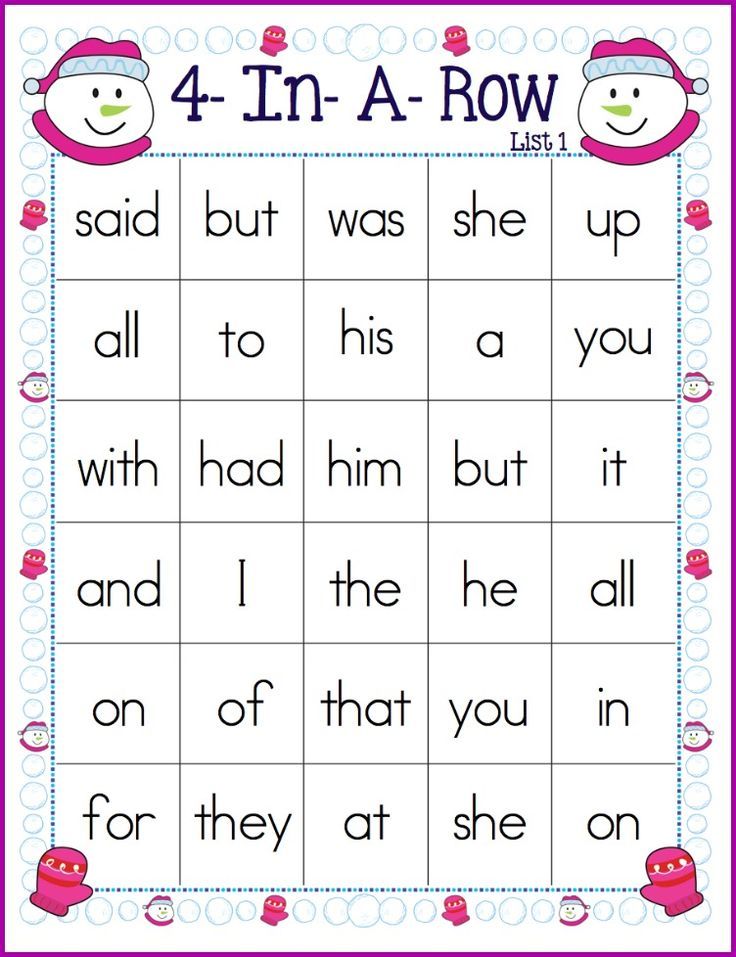
And hence tip #6: read fiction in Russian . Or find a publicist who expresses himself beautifully, plays with words and word formation. Then learn to think more flexible (and not "more flexible"), and it will be easier to translate.
And throw those cards away.
P.S. From what experience advice? I speak four languages, teach, sometimes translate, learn a fifth language.
P.P.S. I will give a detailed answer to 2 comments with a remark, they say, cramming grammar is also bad.
Of course, just cramming the rules is useless. Practice is more effective when you try to use words in the right form.
The advice not to learn grammar until you speak is wrong, because it can waste a lot of time. When you listen to a speech and know the verb conjugations, you can hear them. If you listen just like that, you, for example, do not distinguish between a verb and a noun, and, in fact, there will be nothing to catch on: children learn words along with actions in real life.